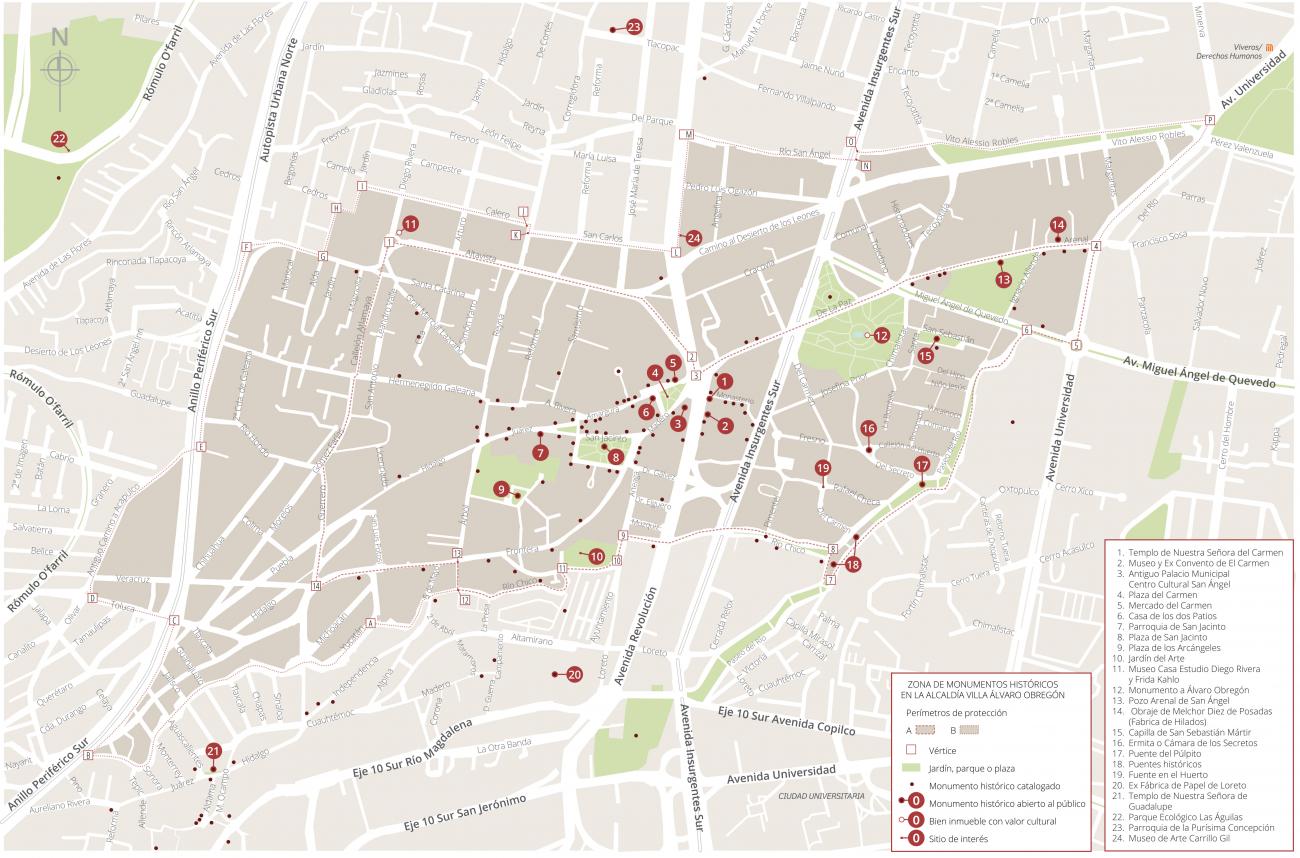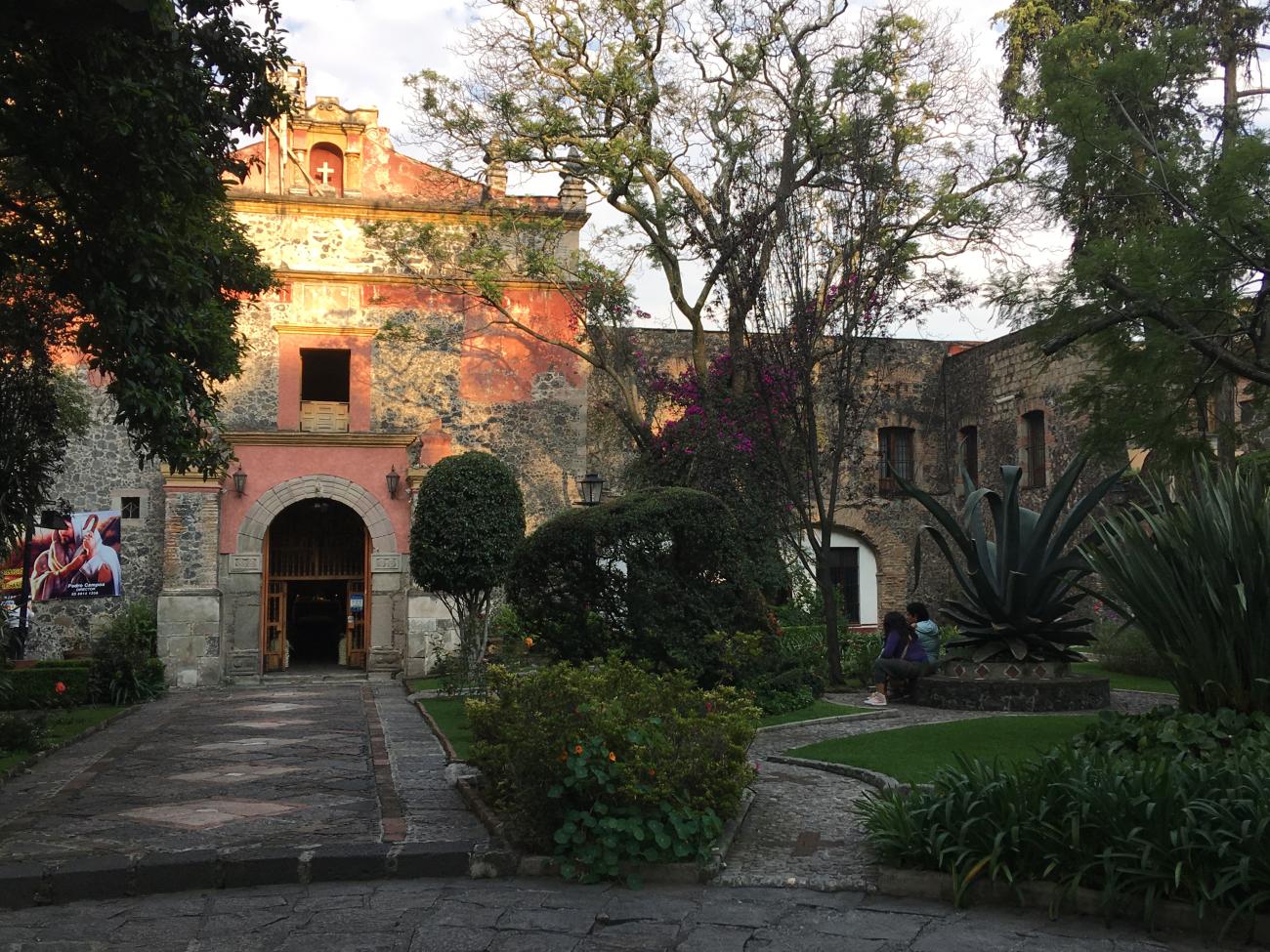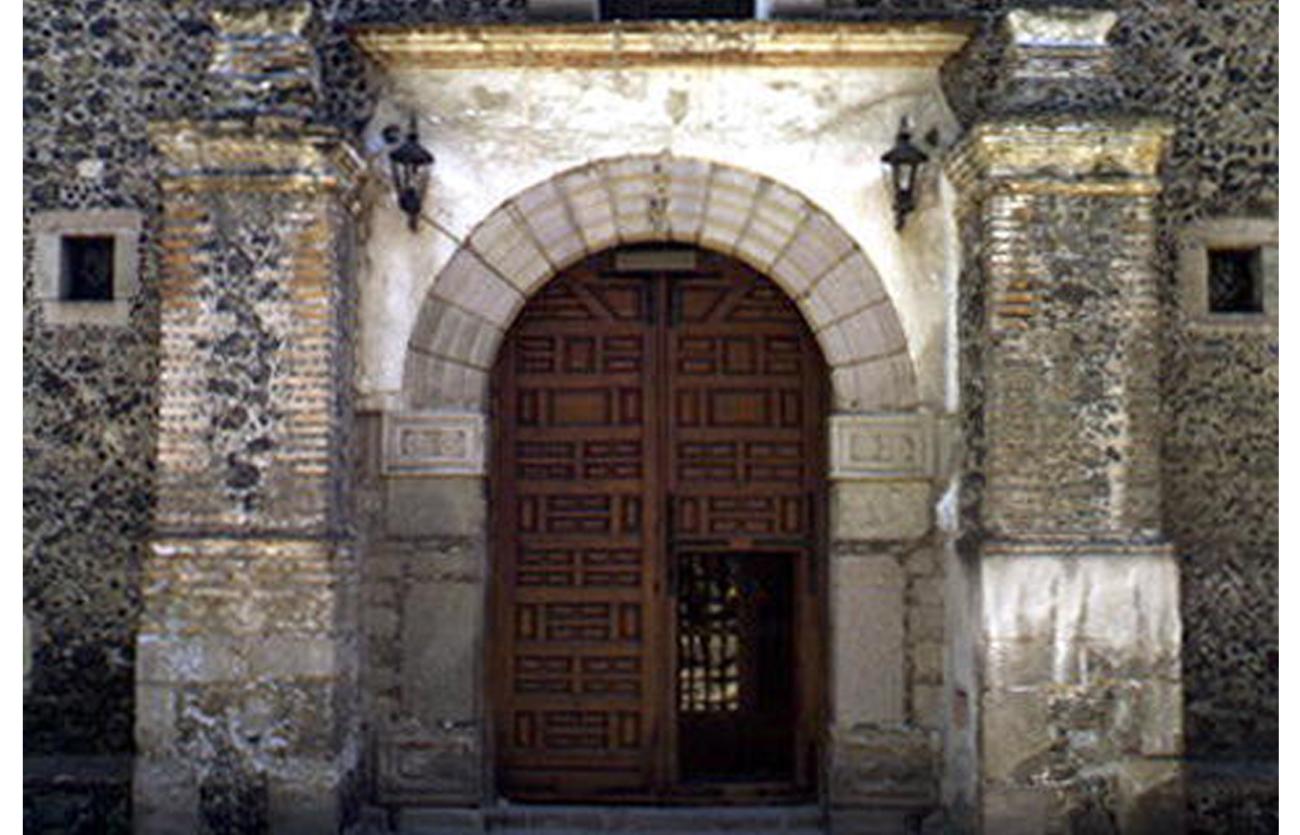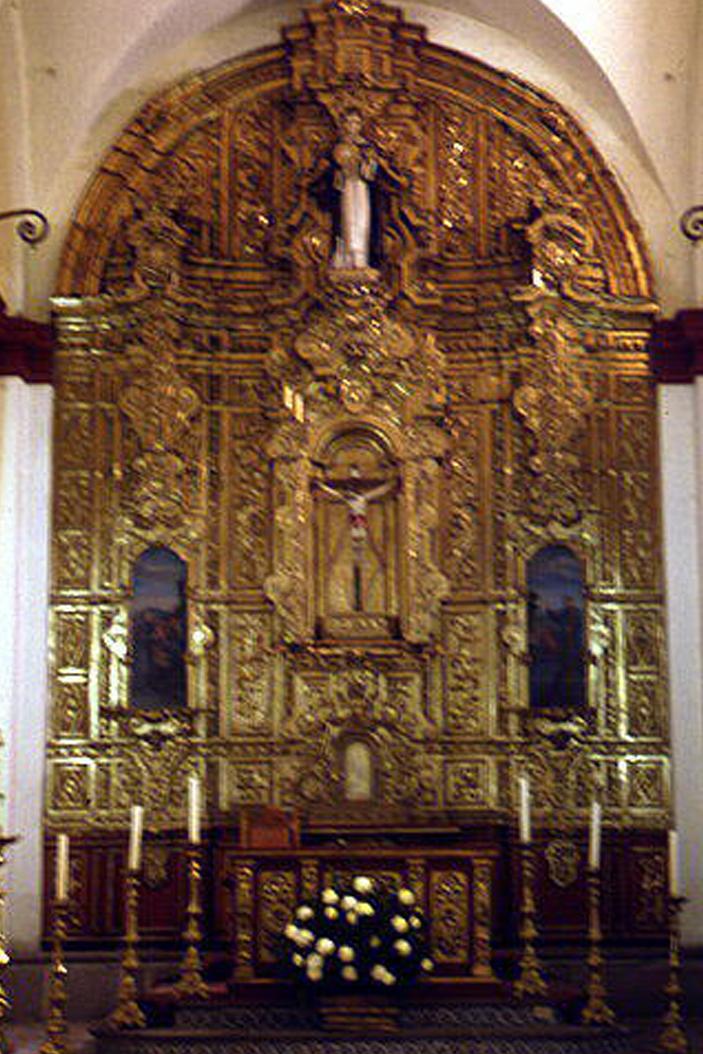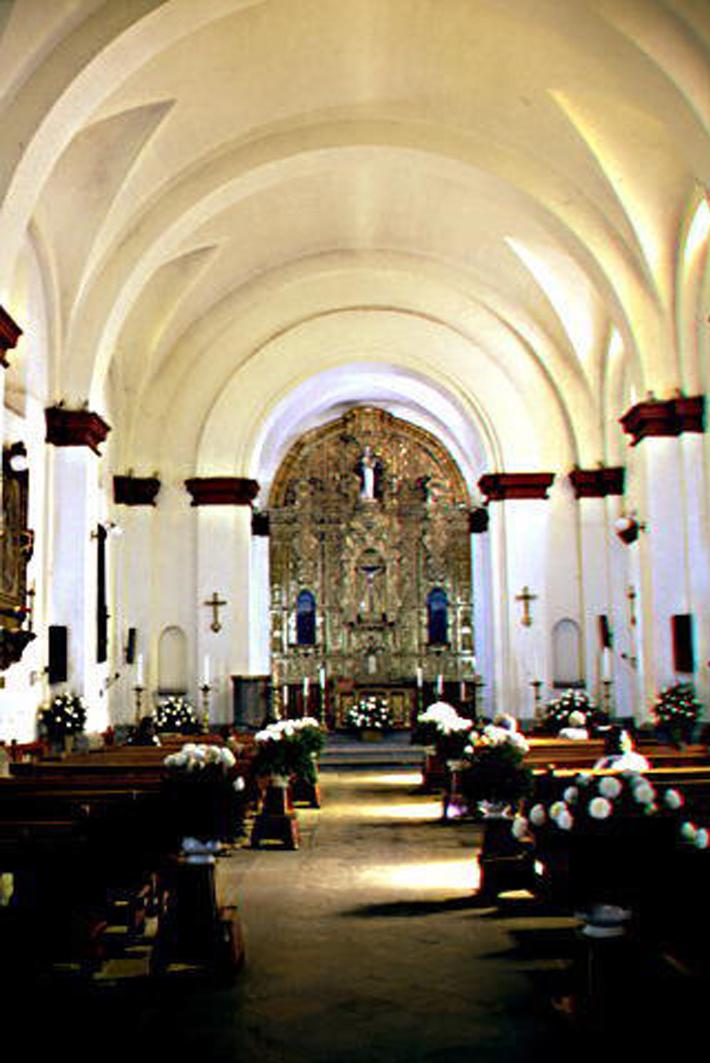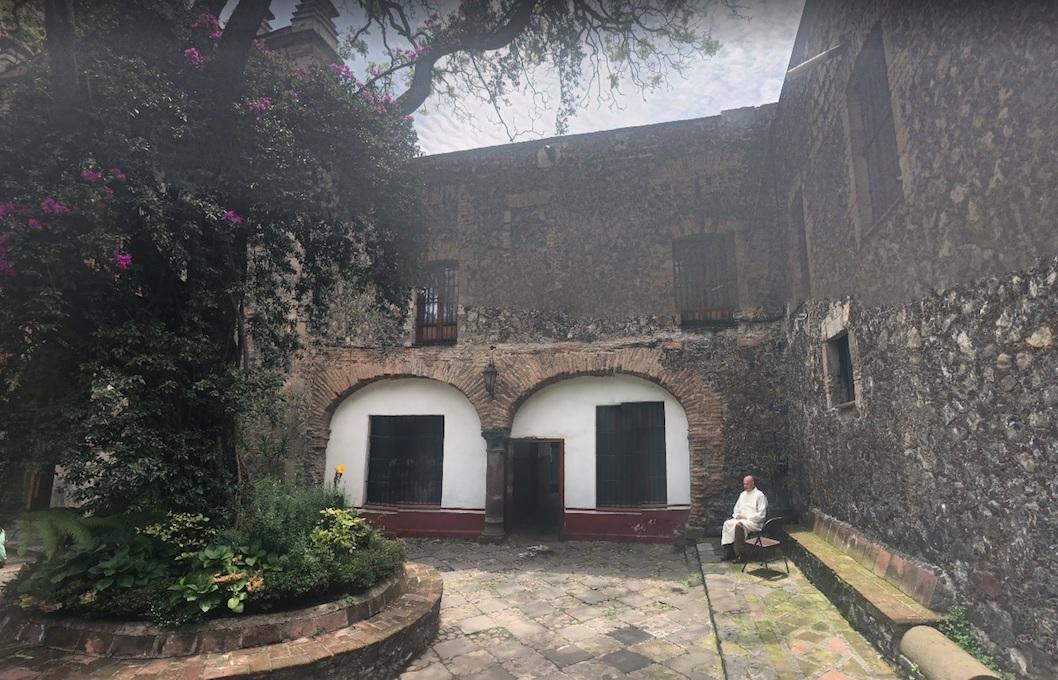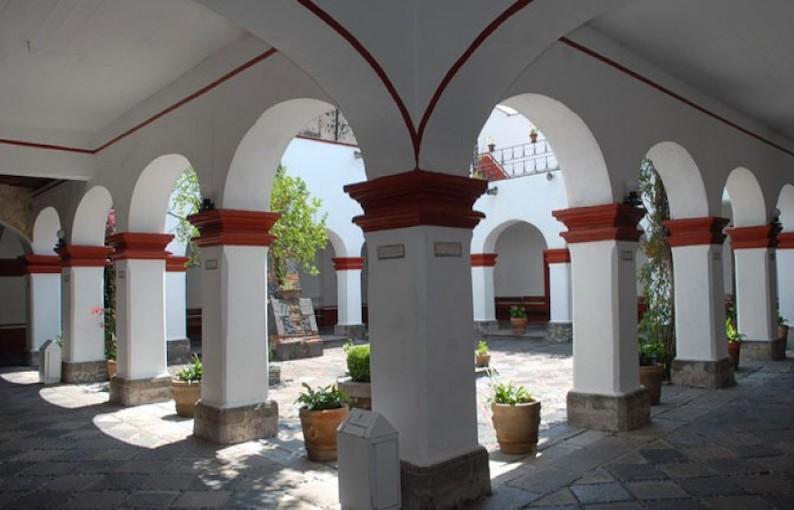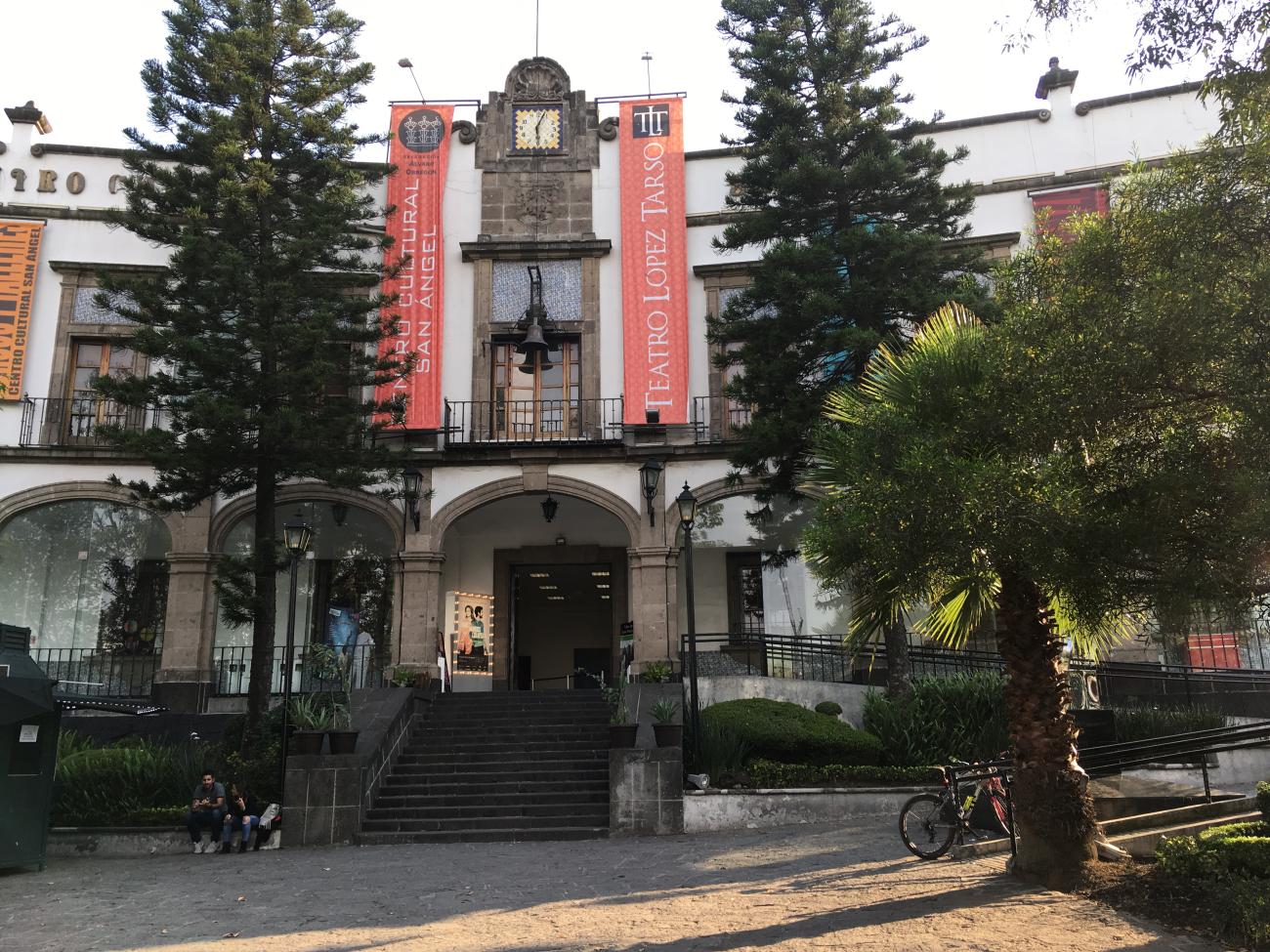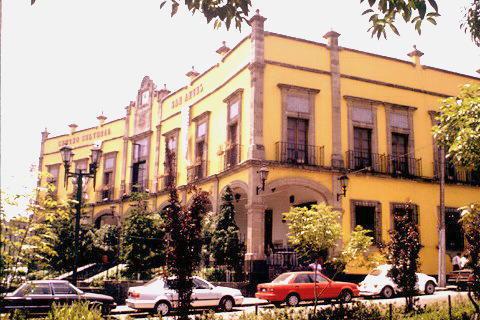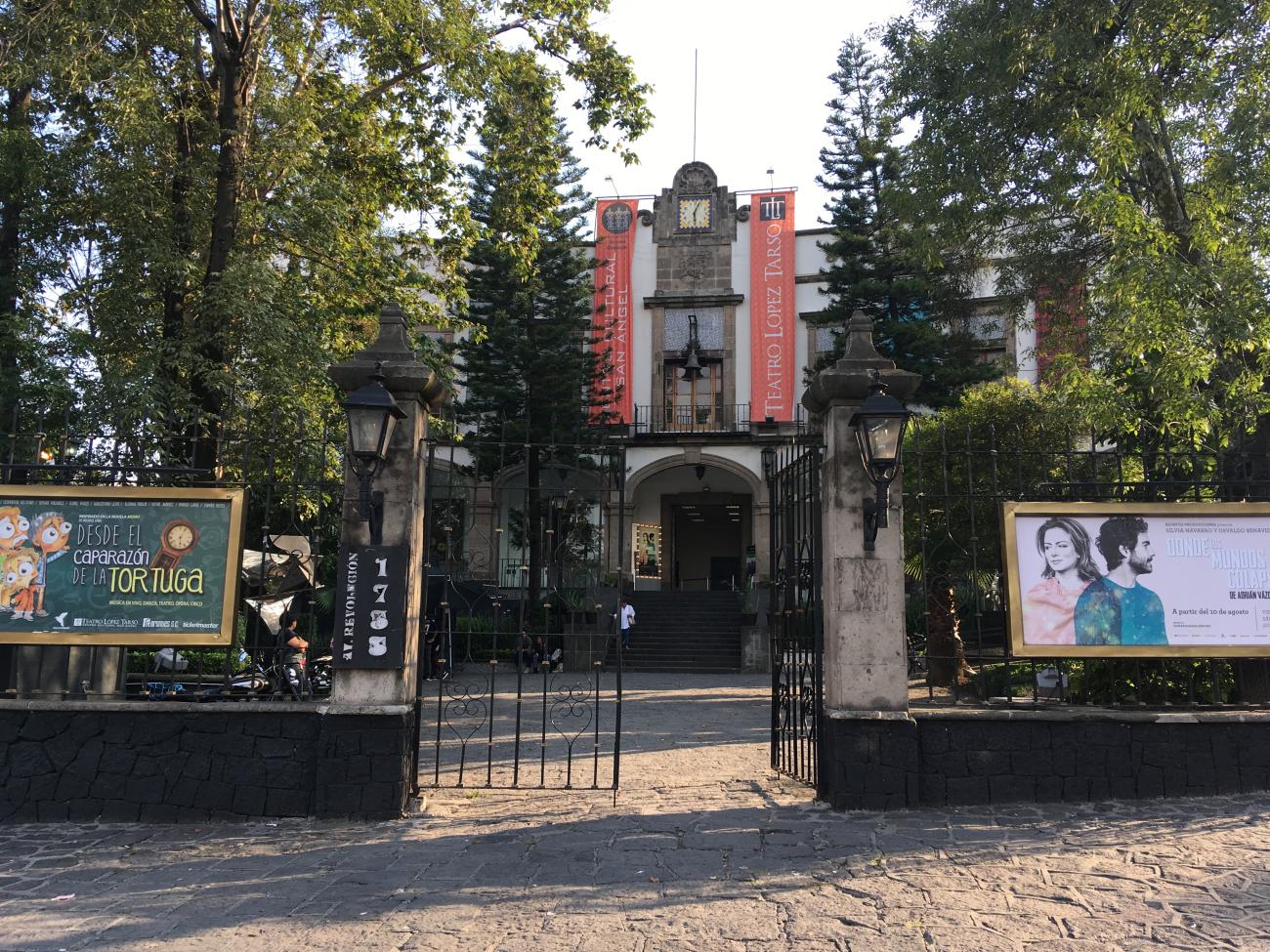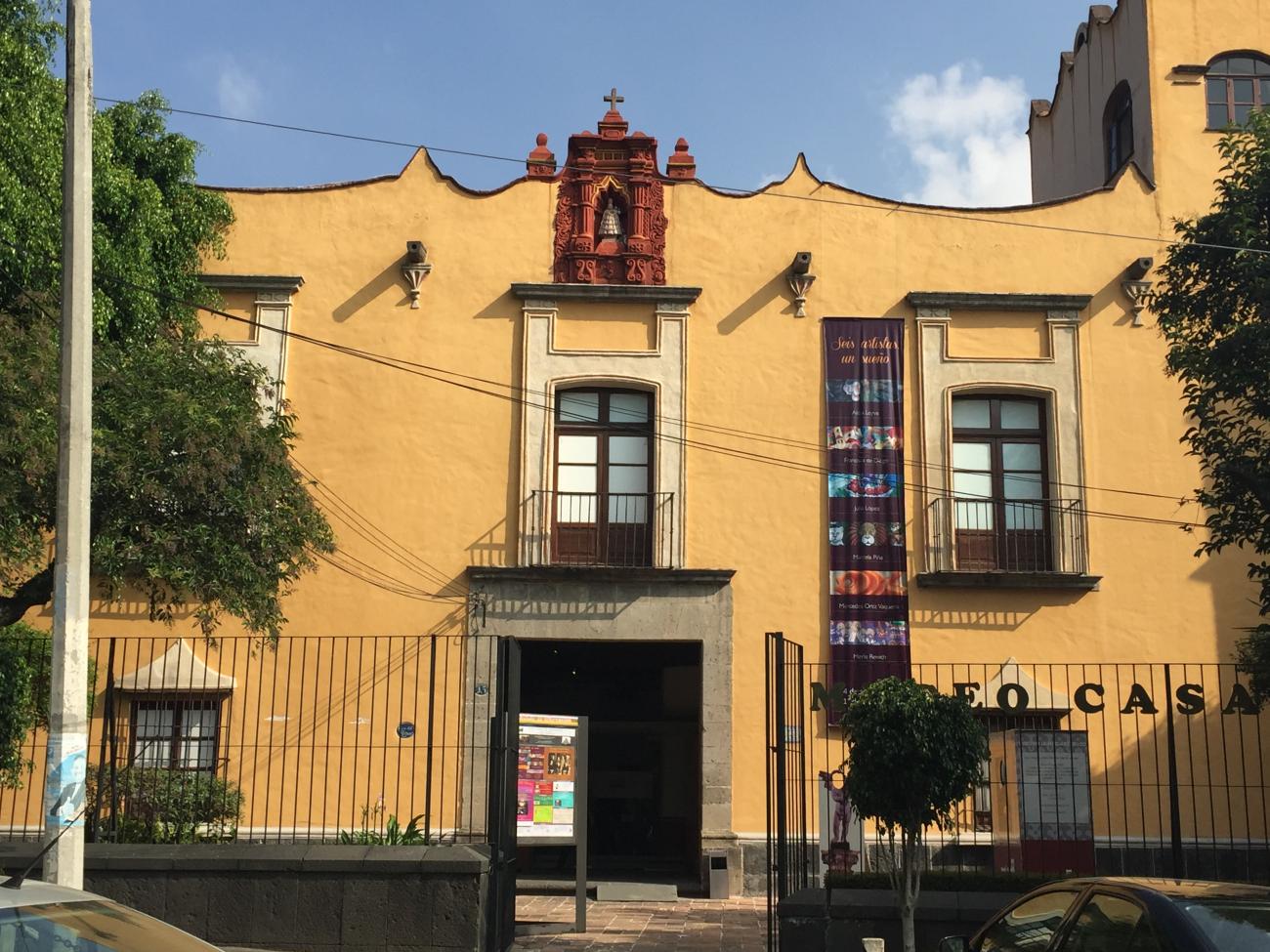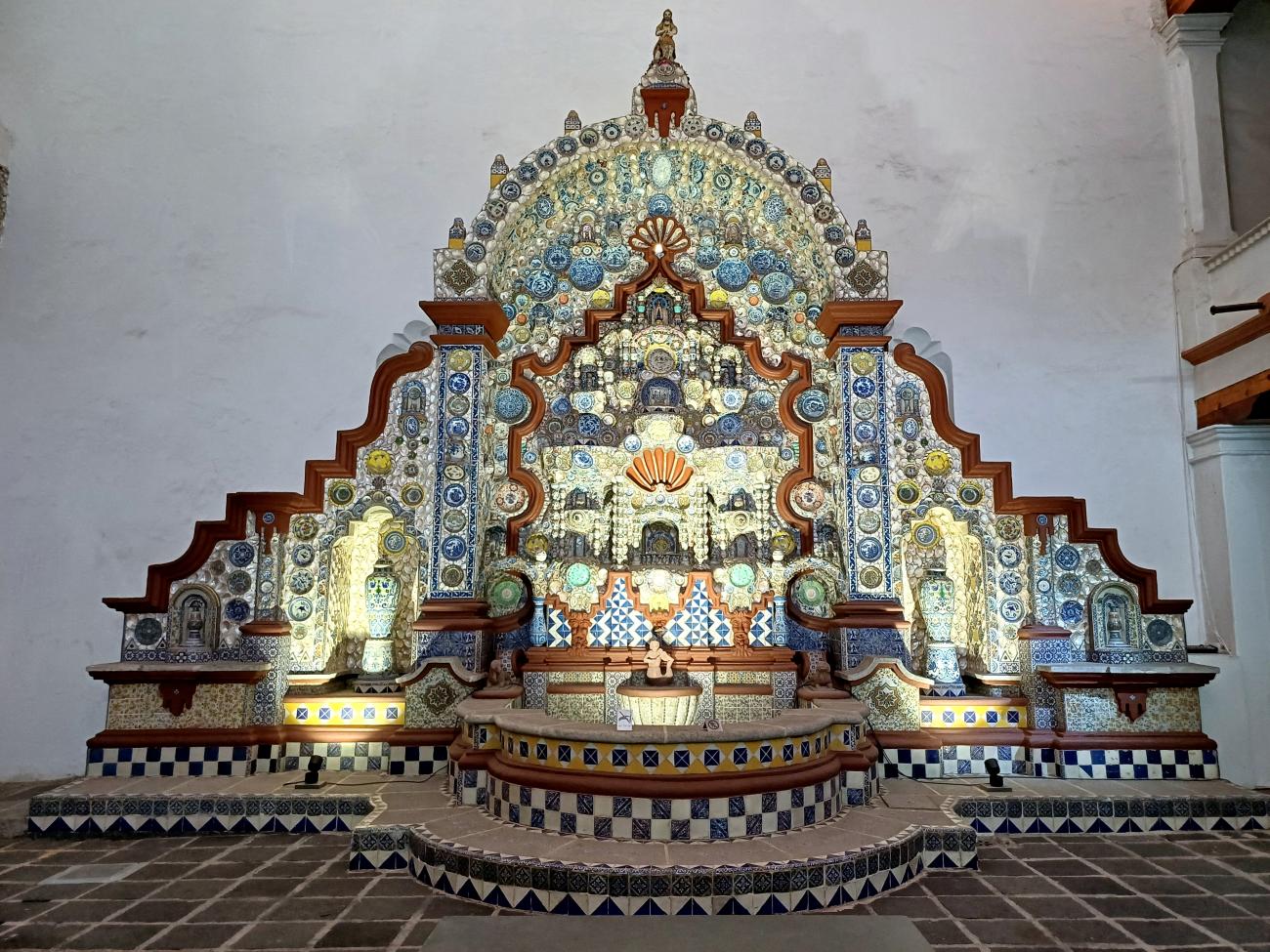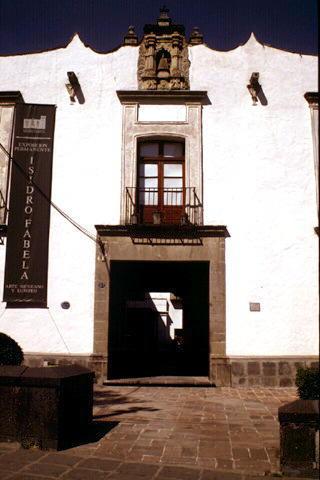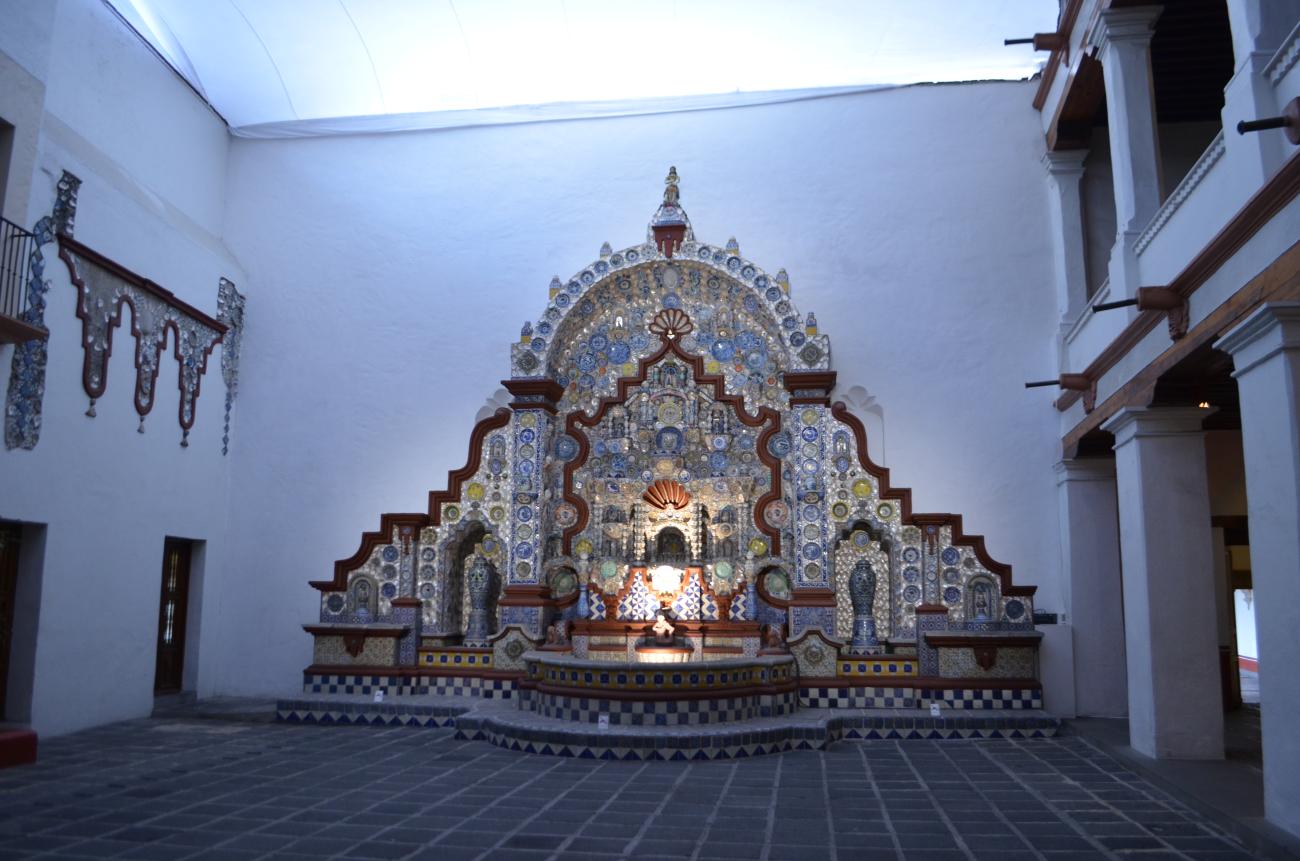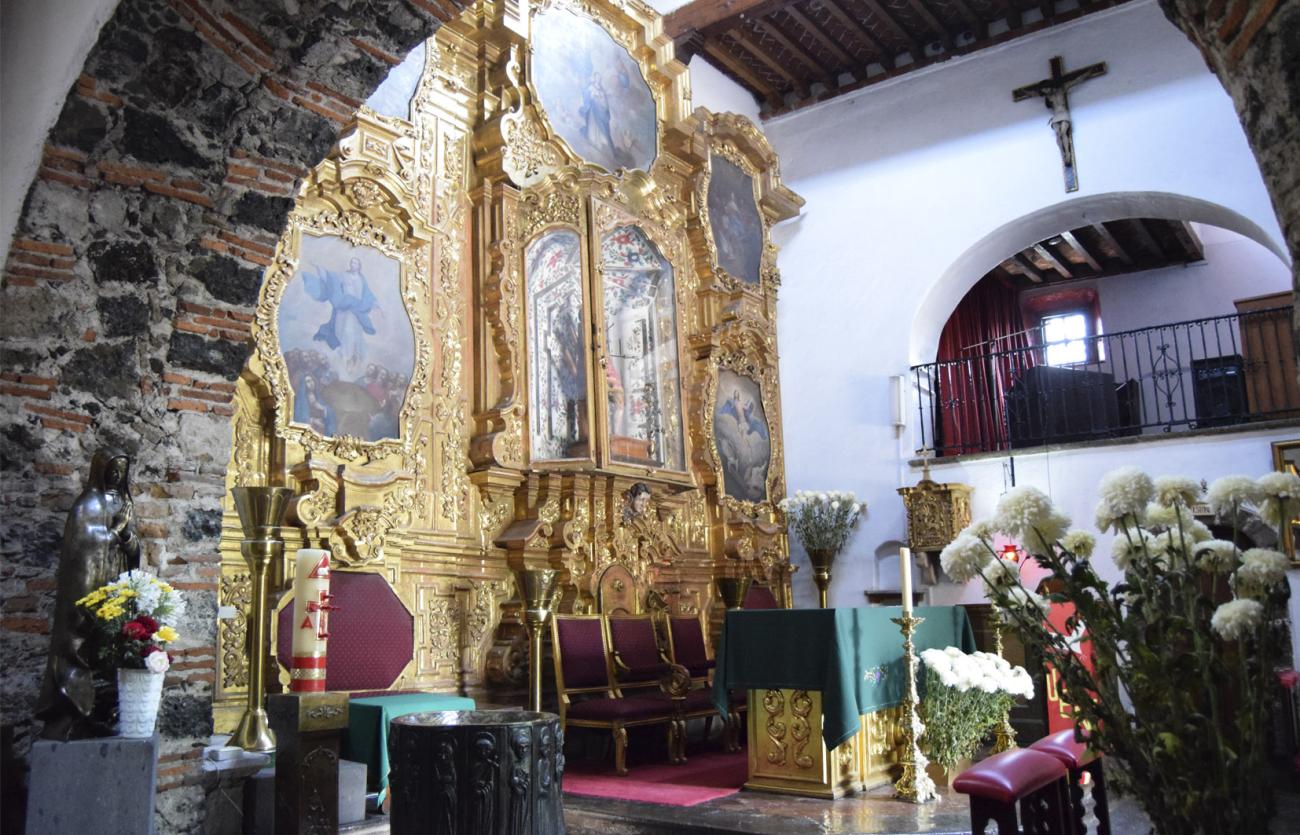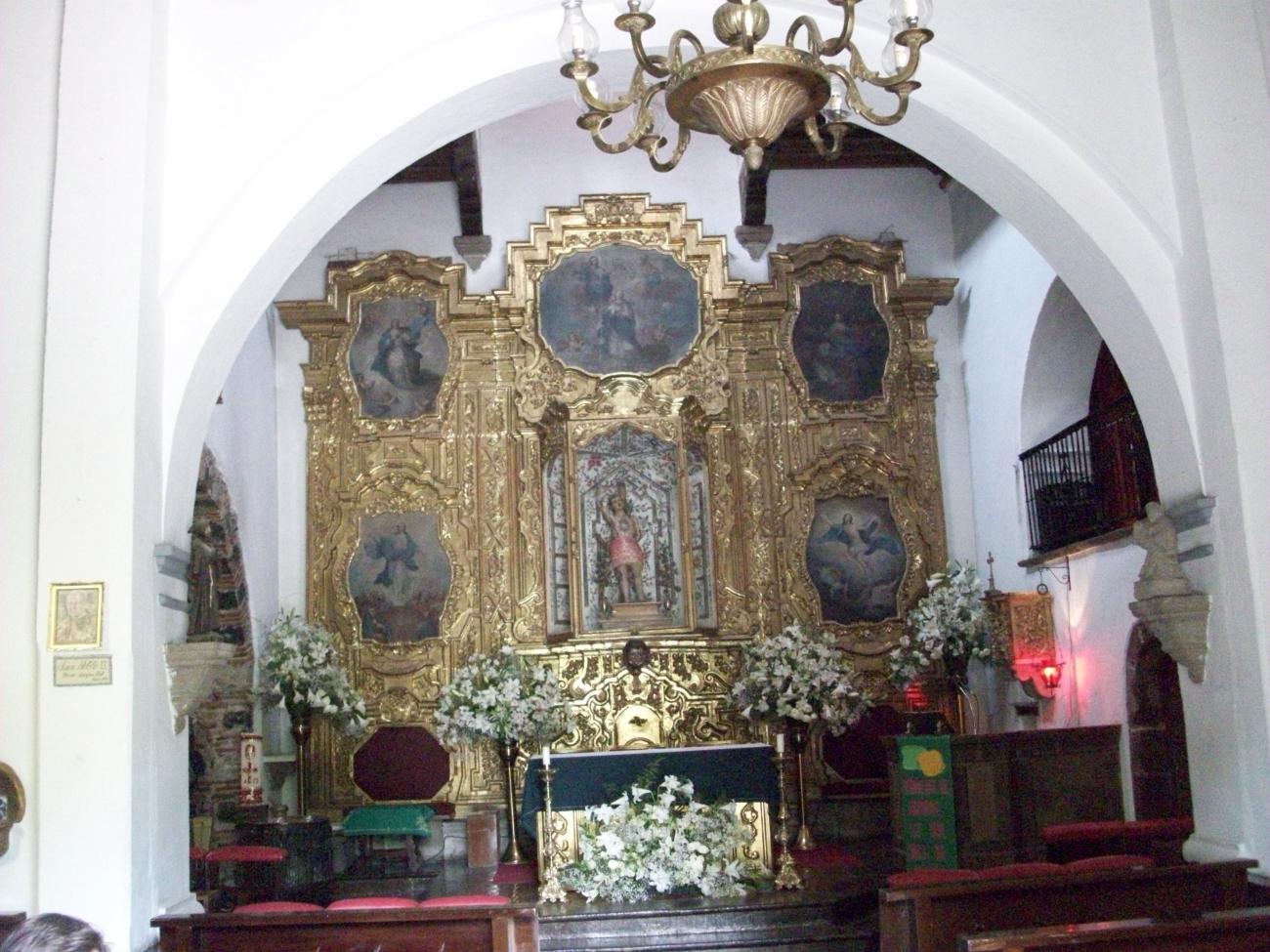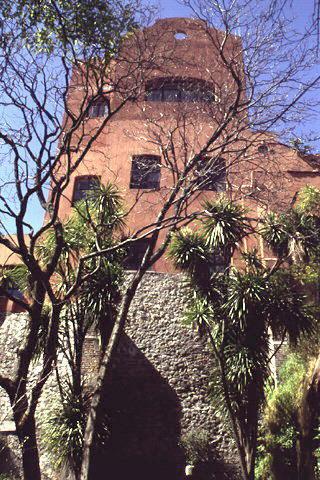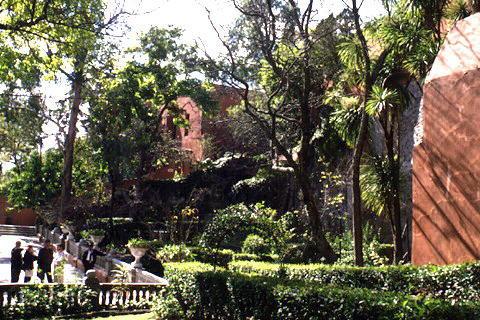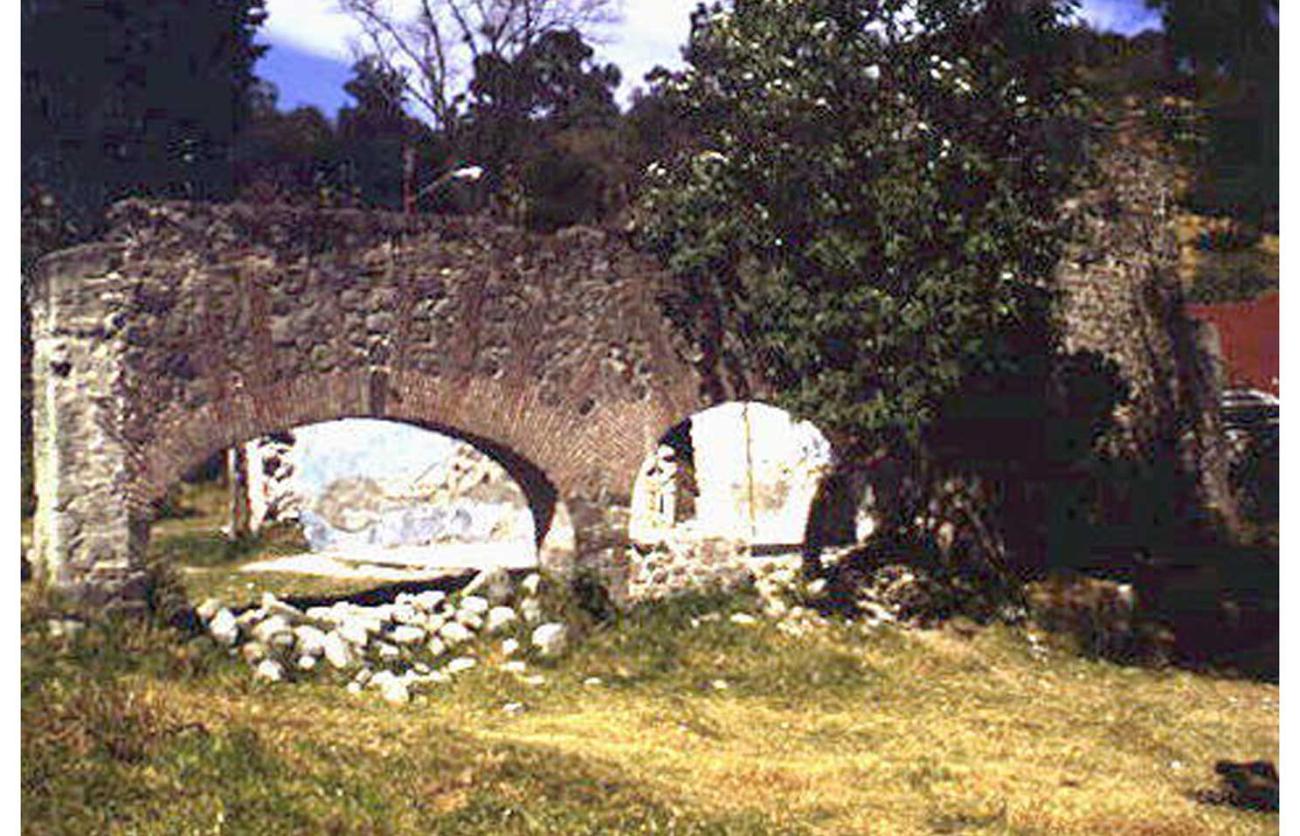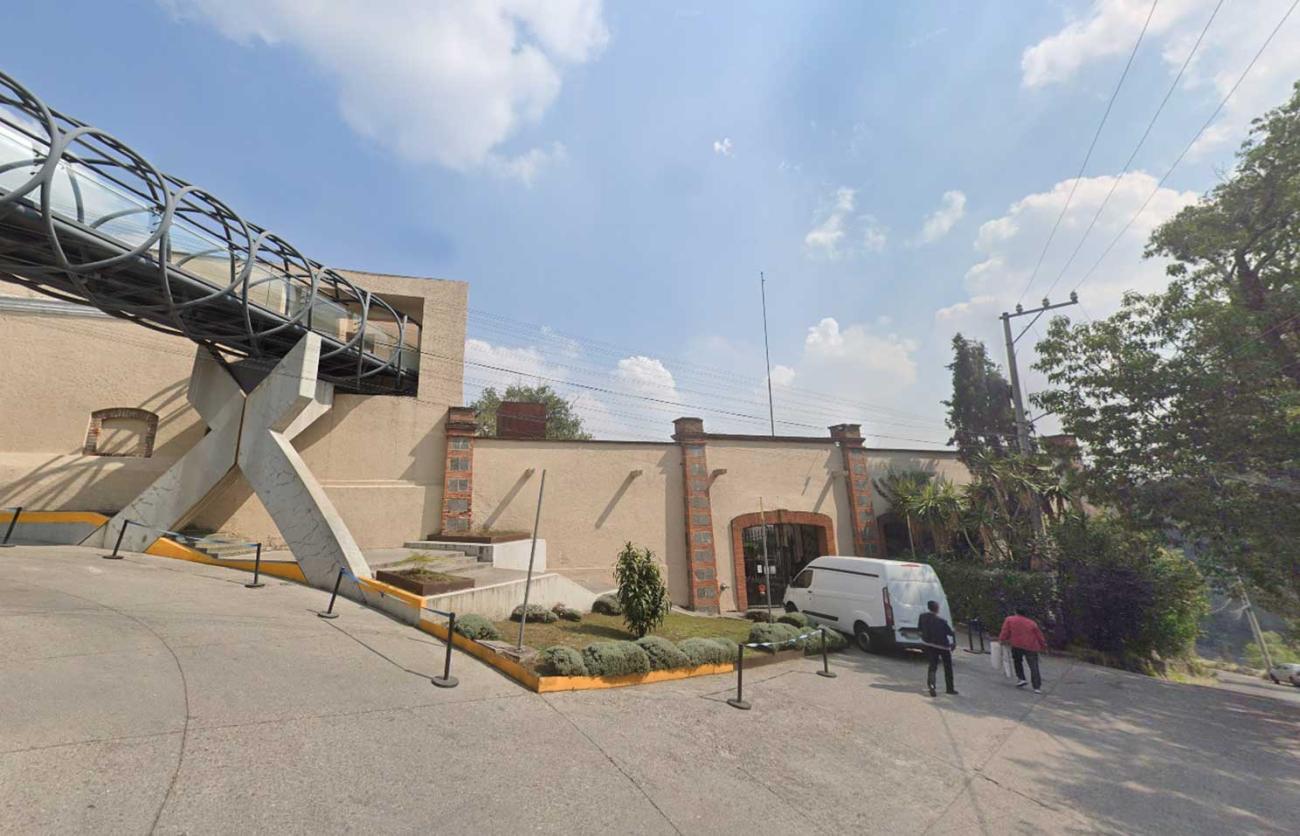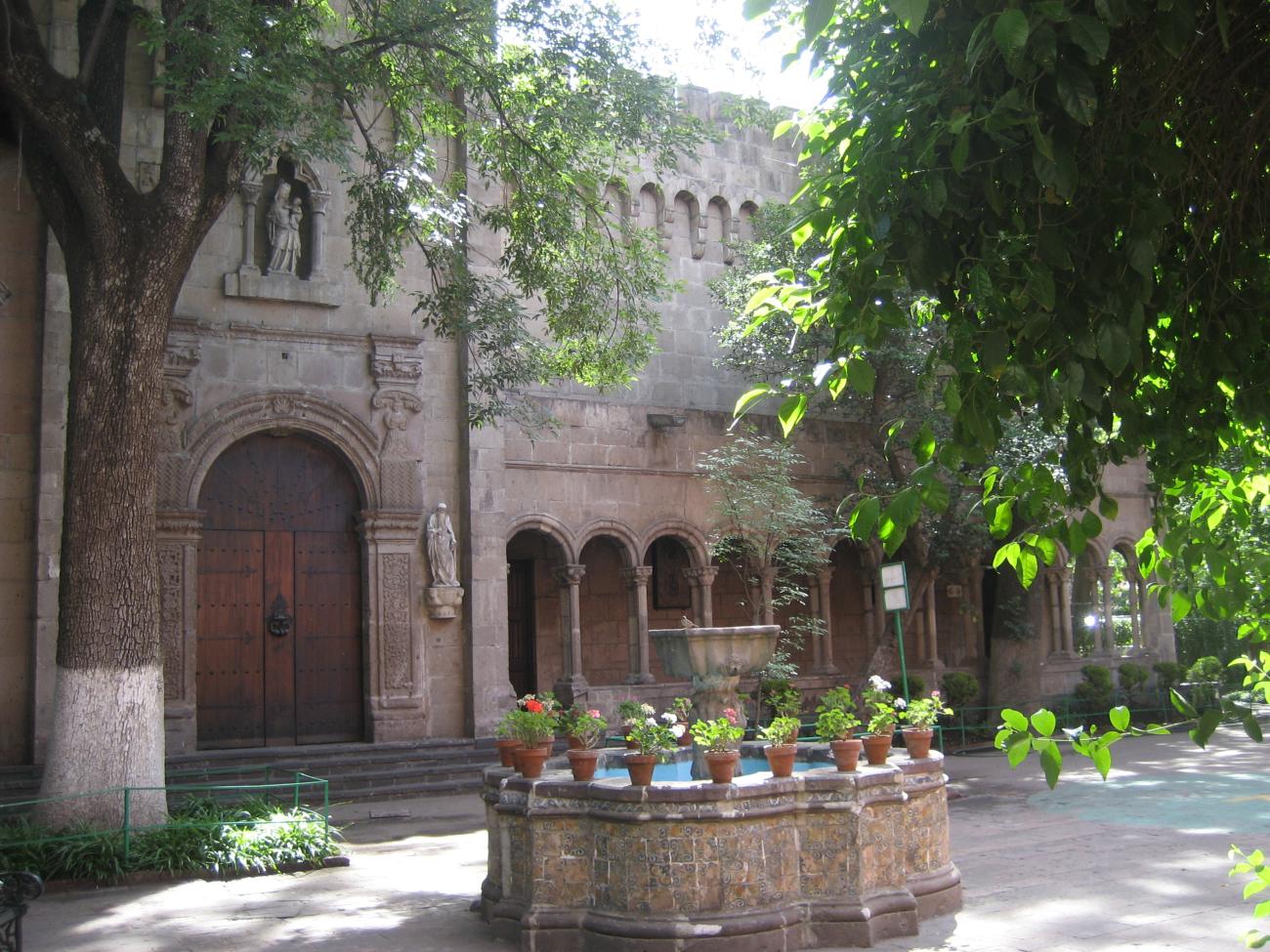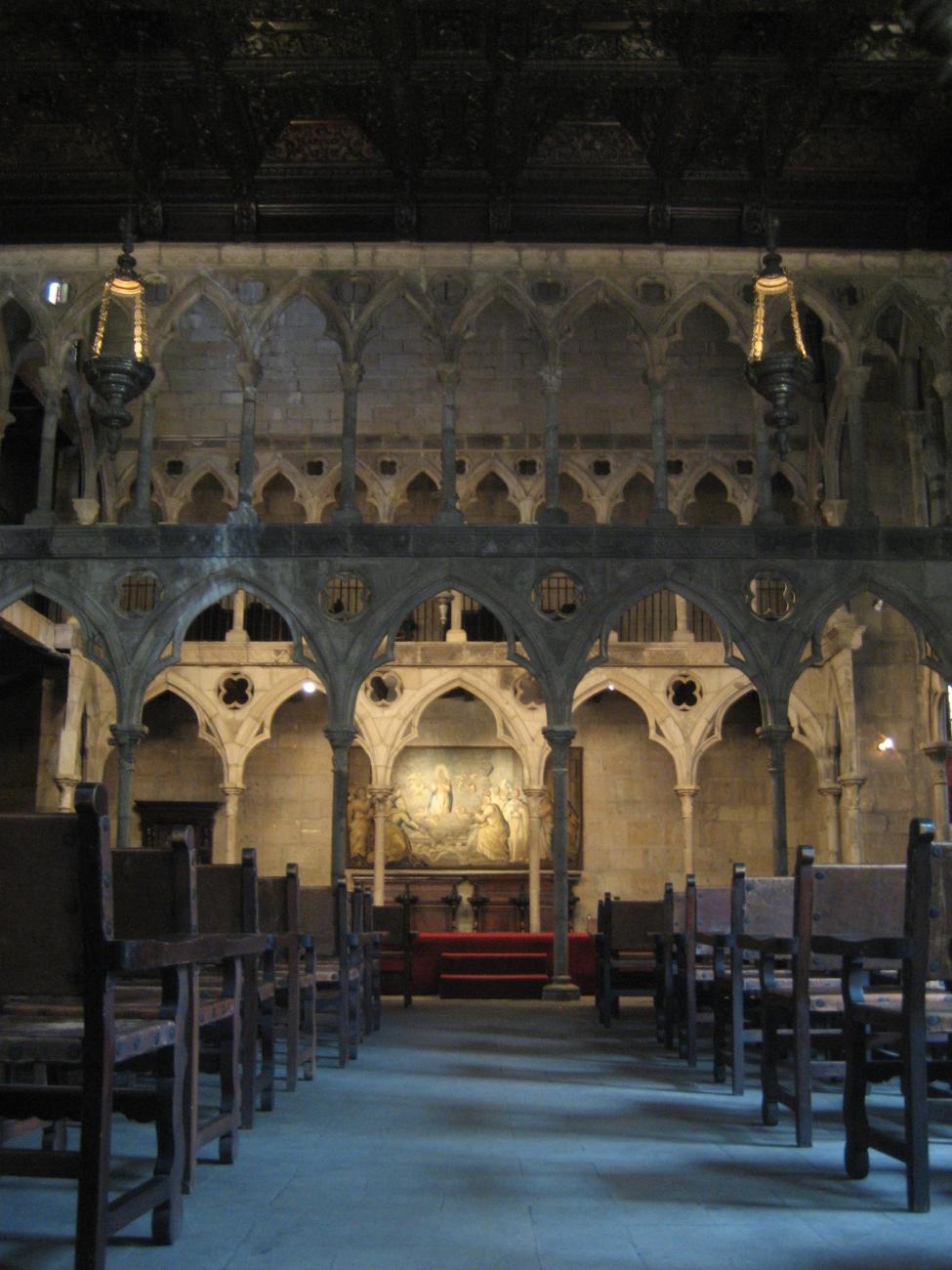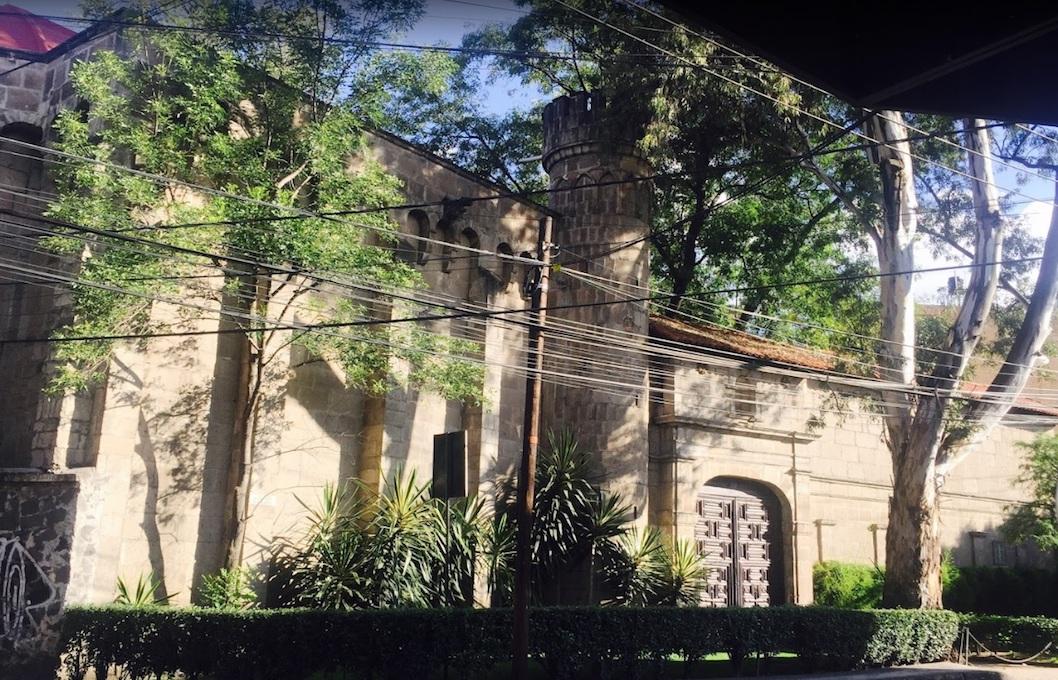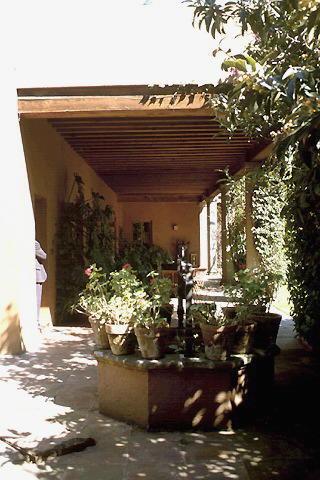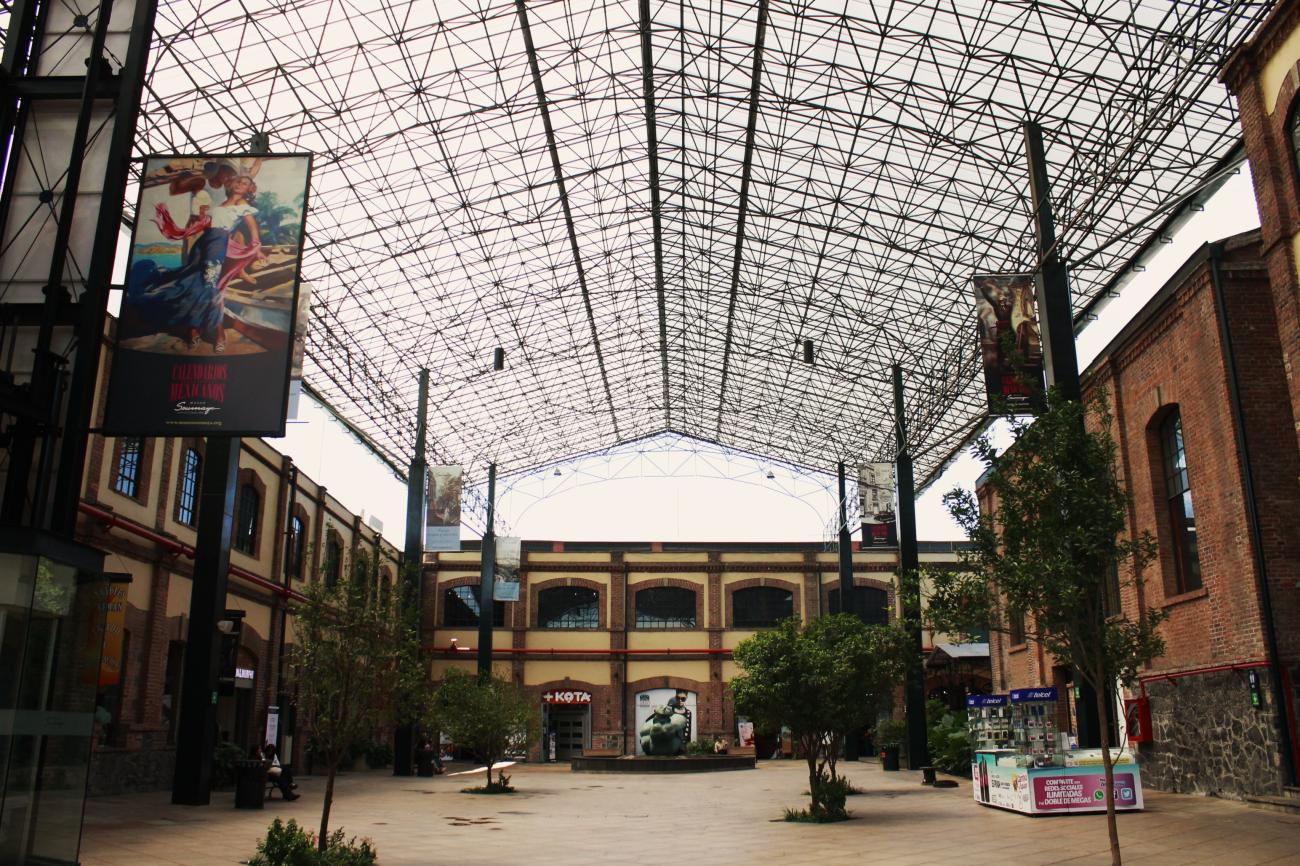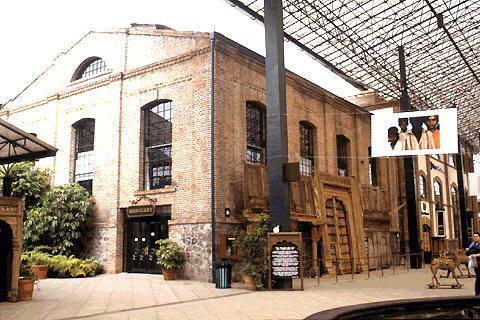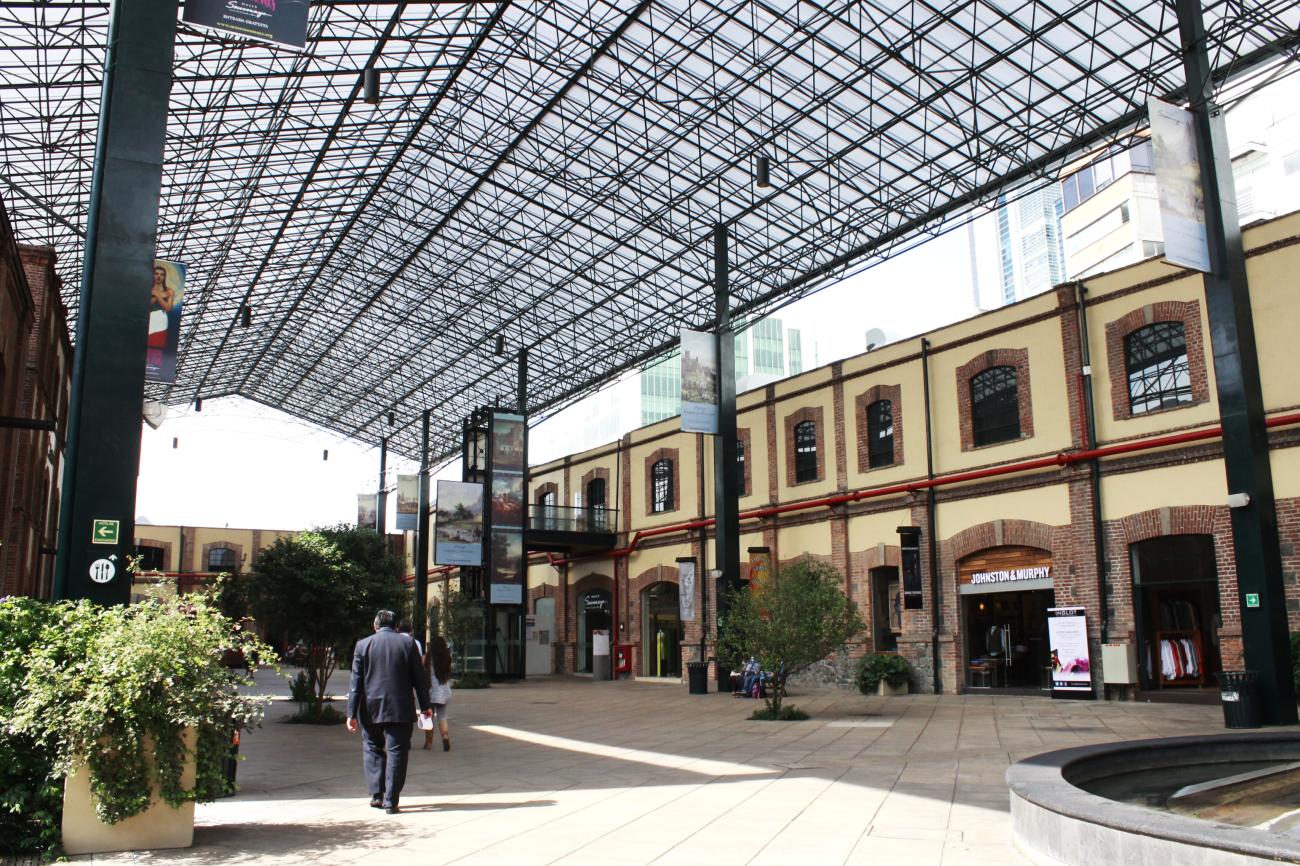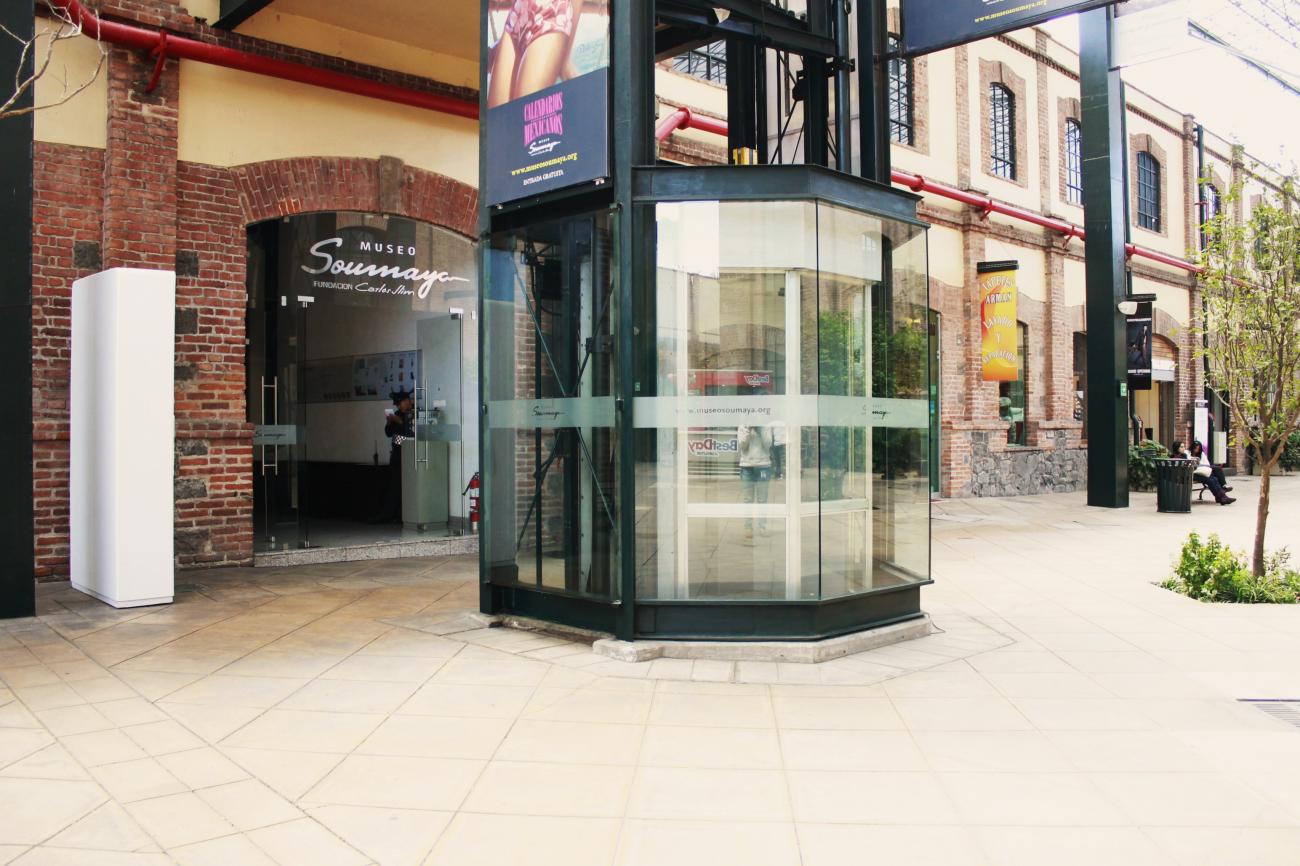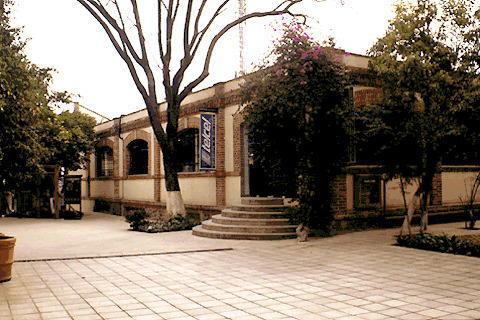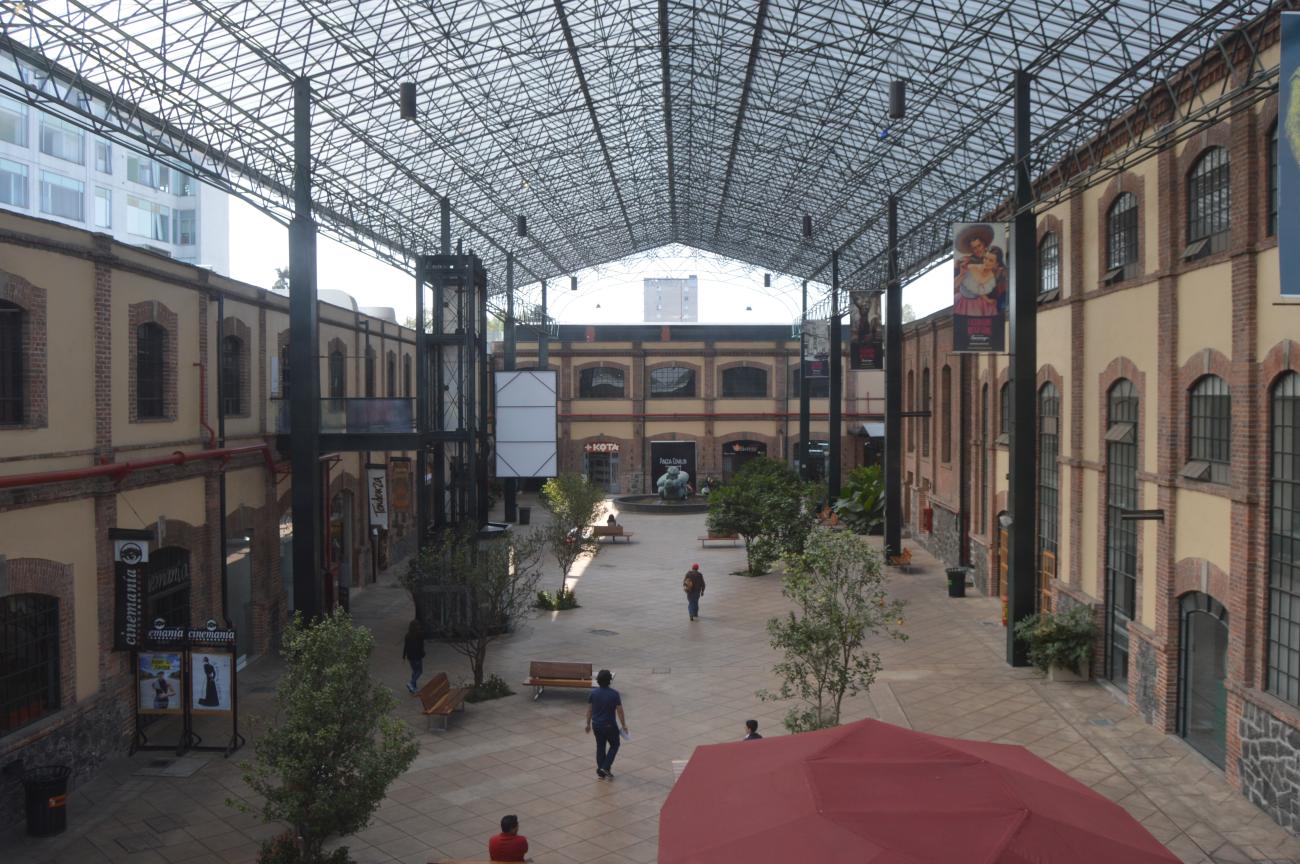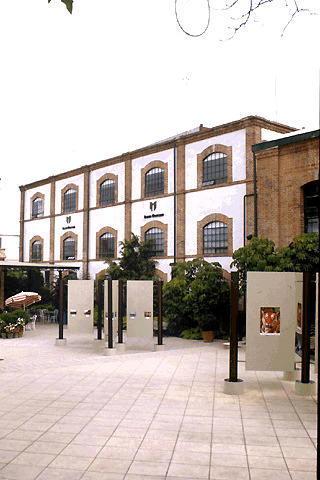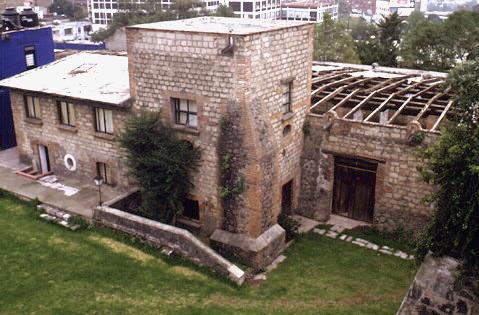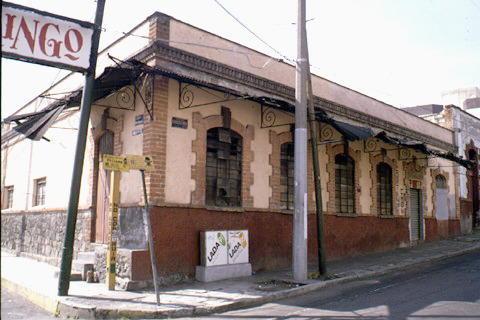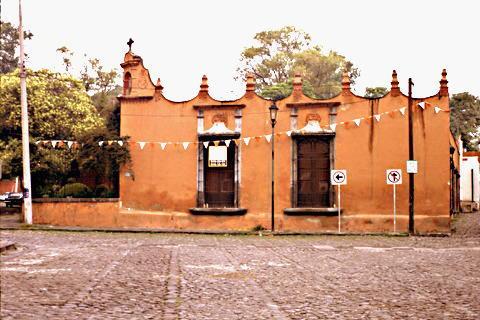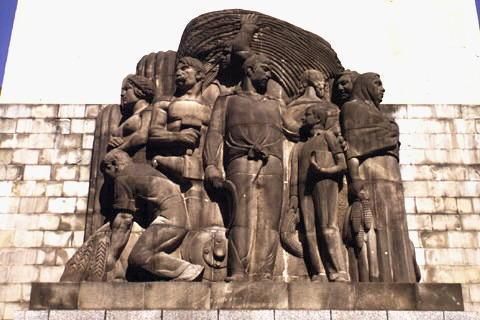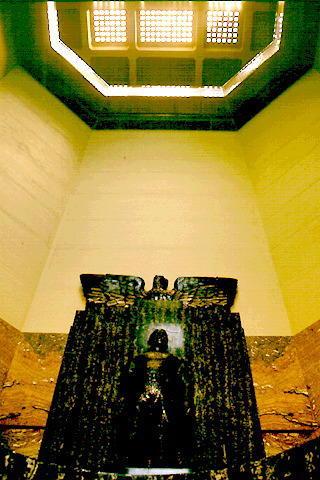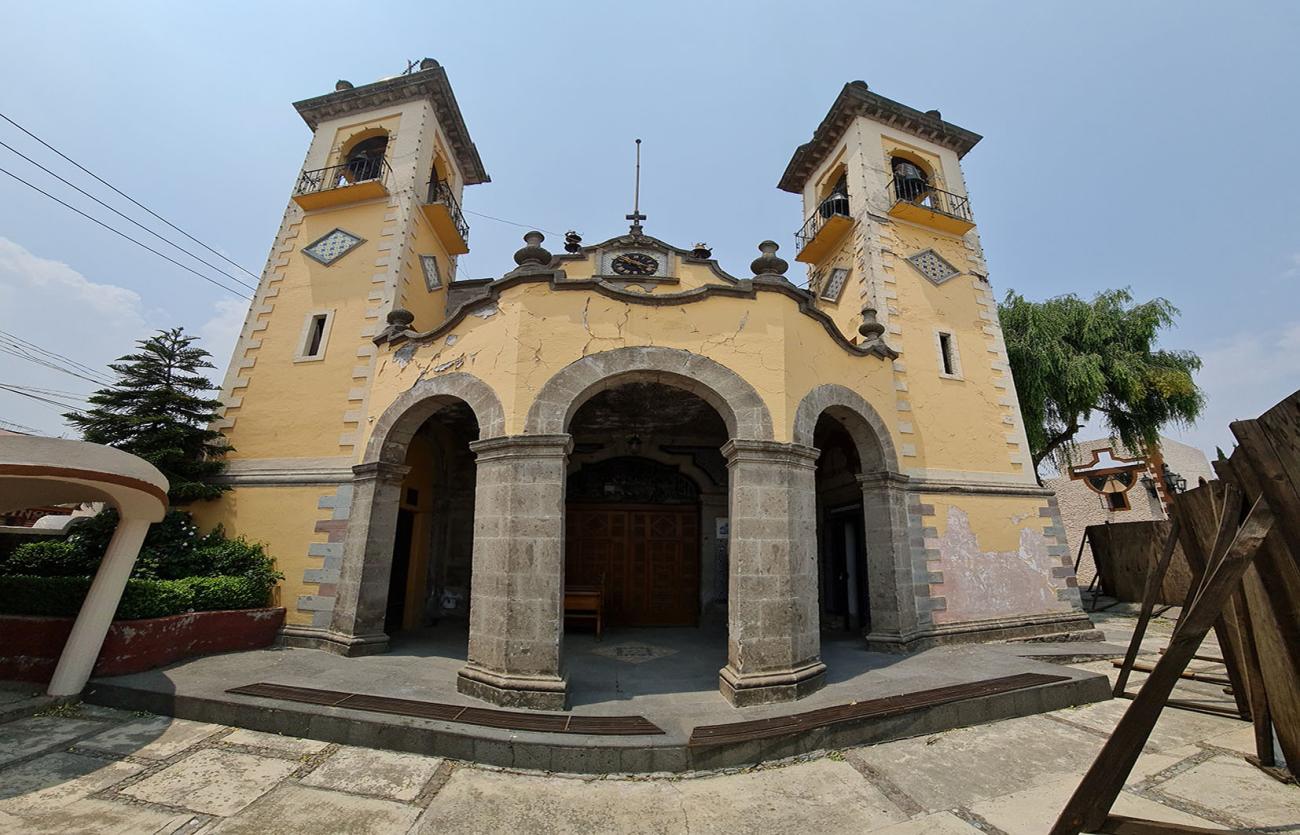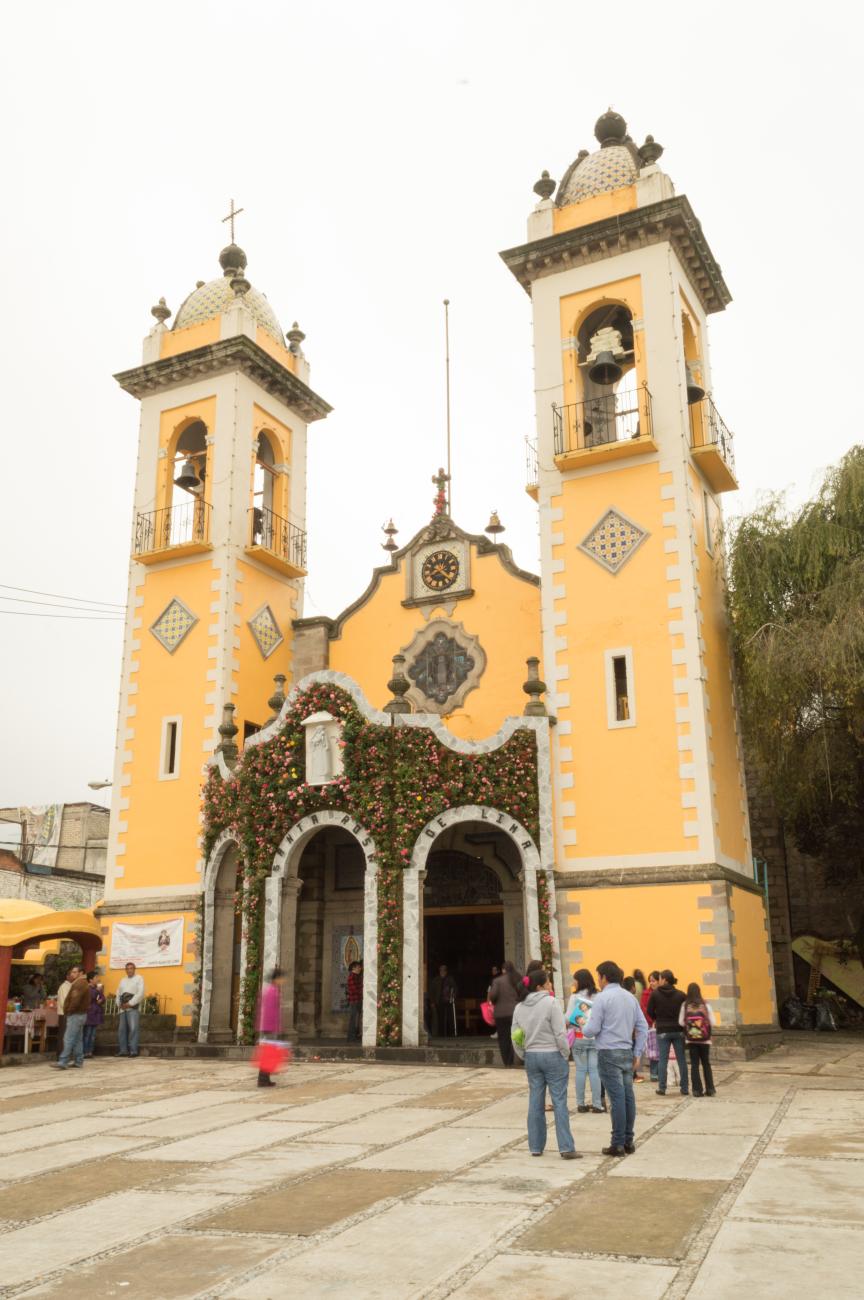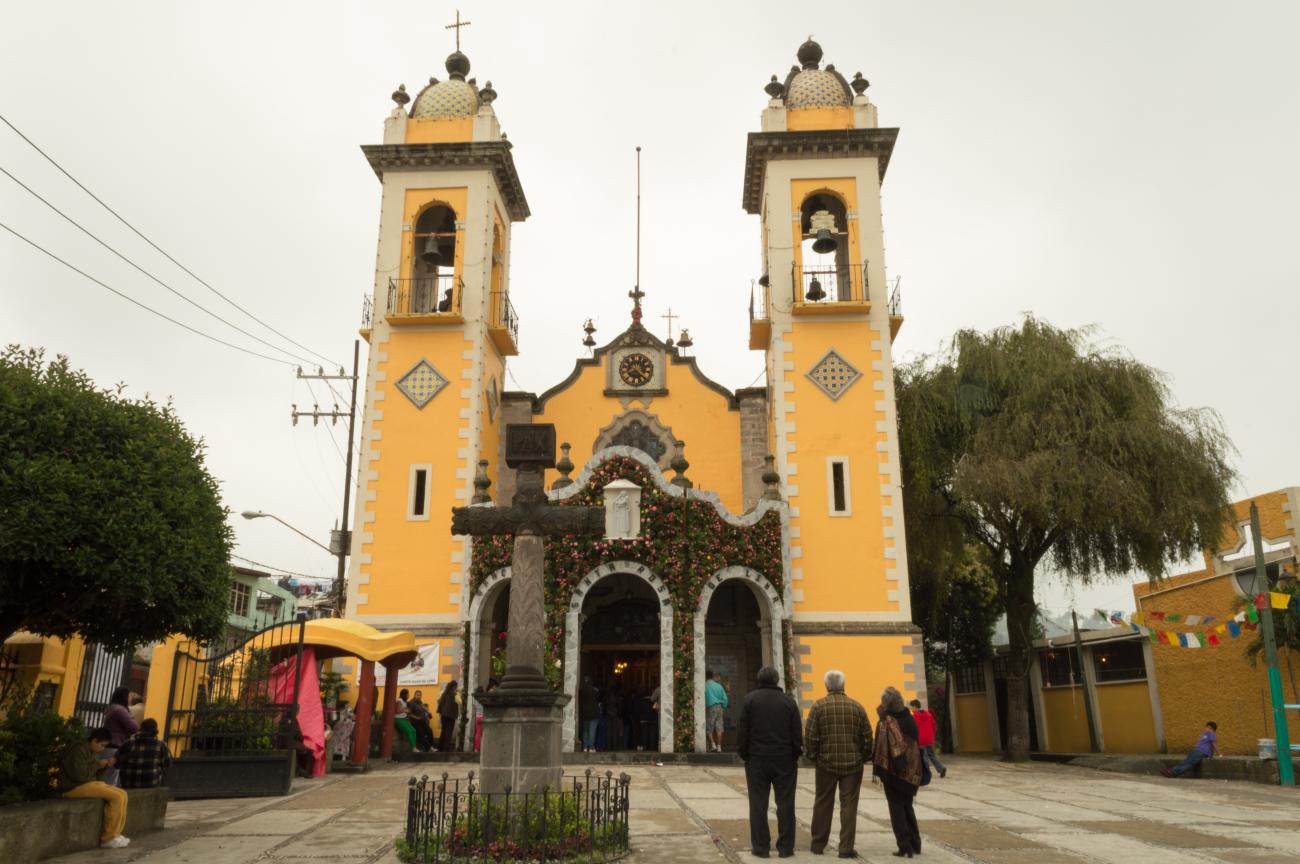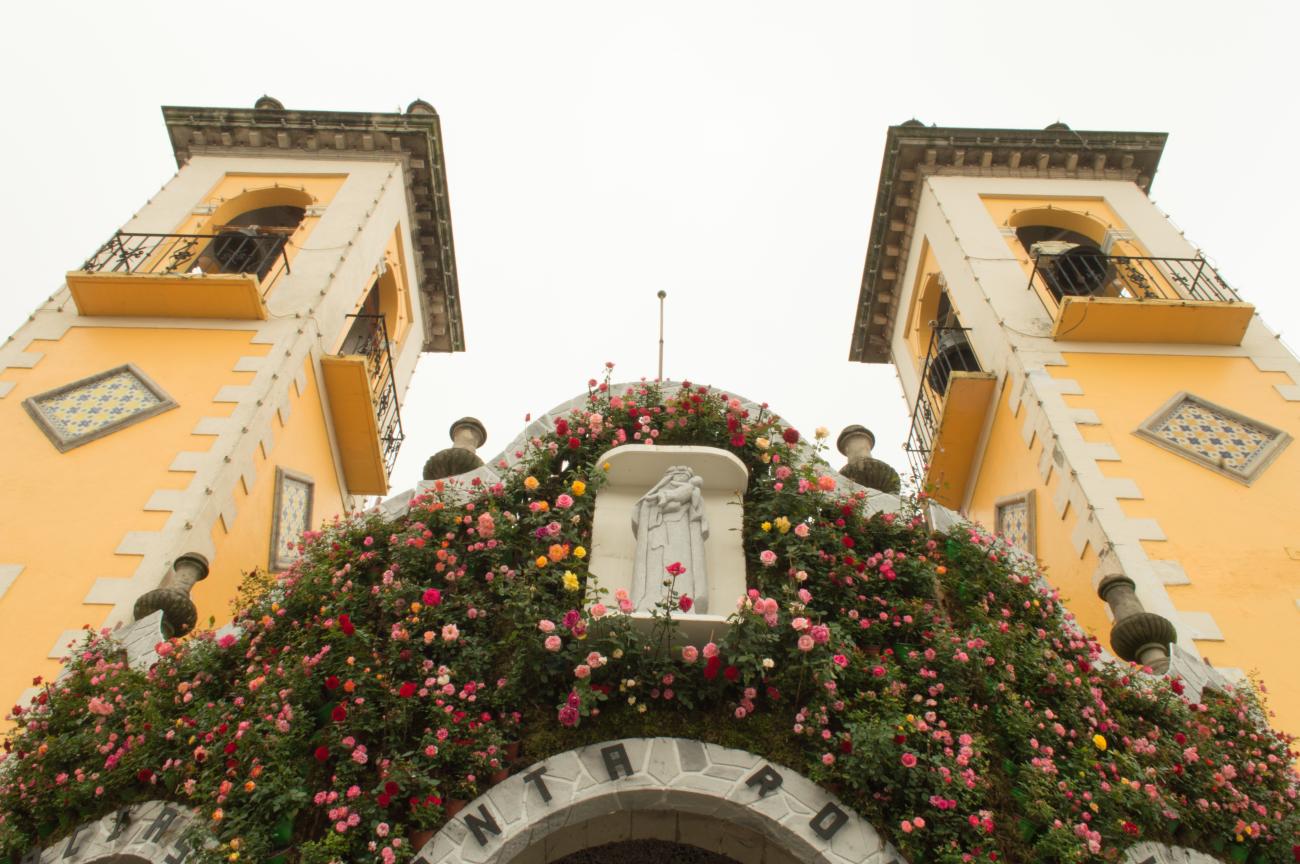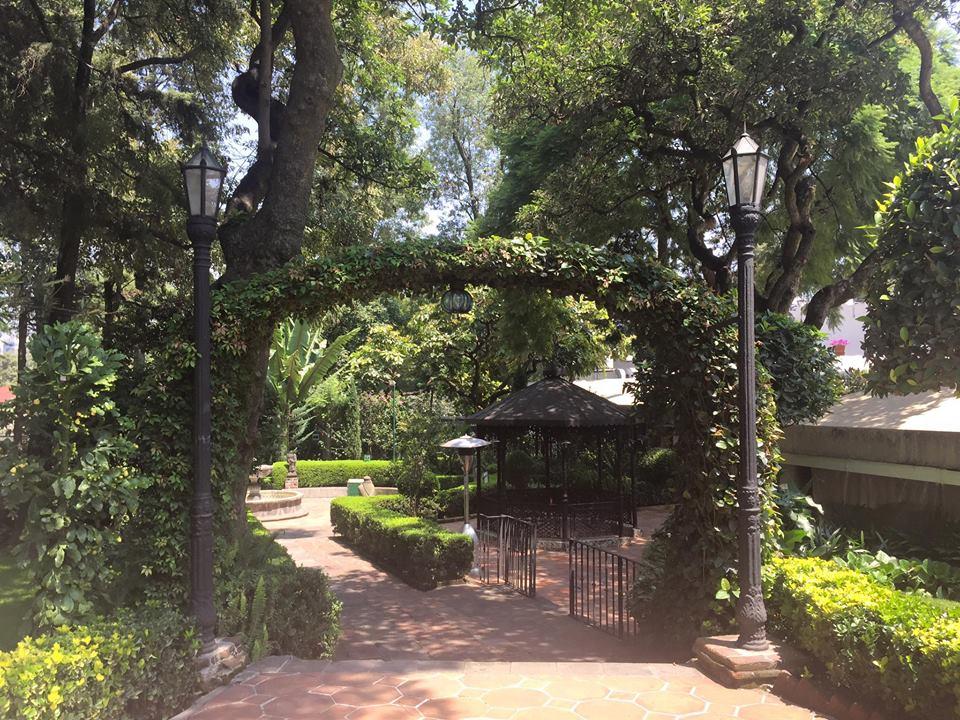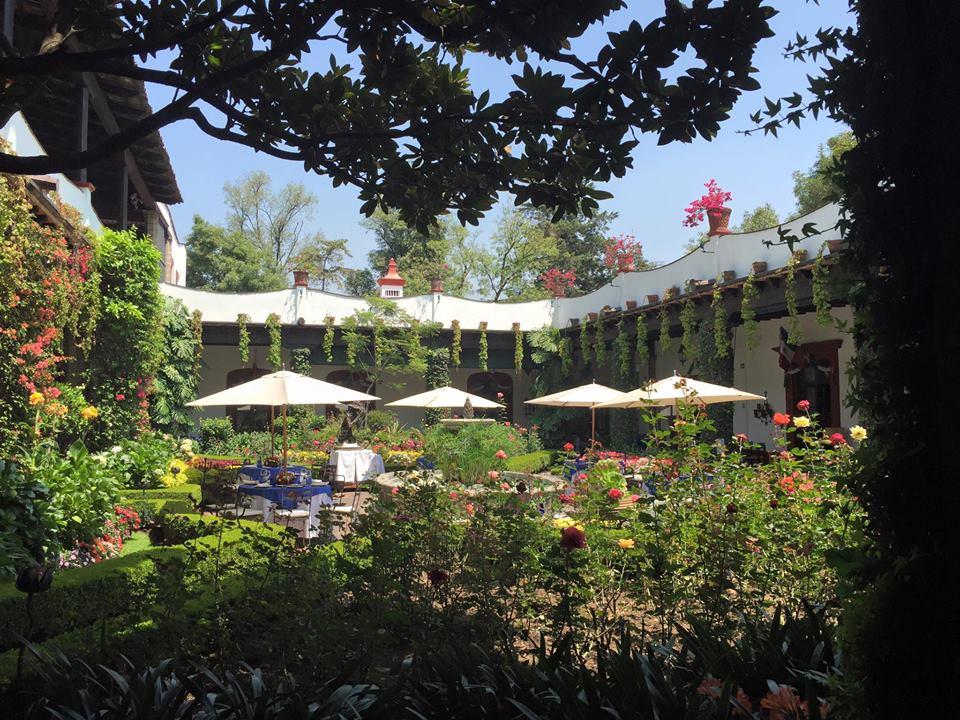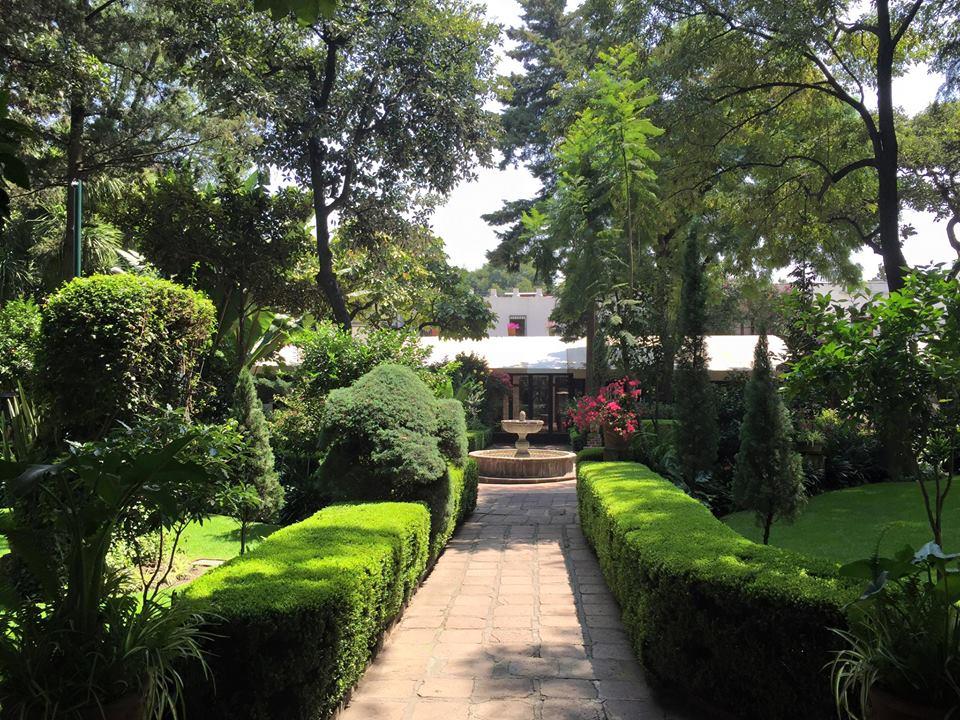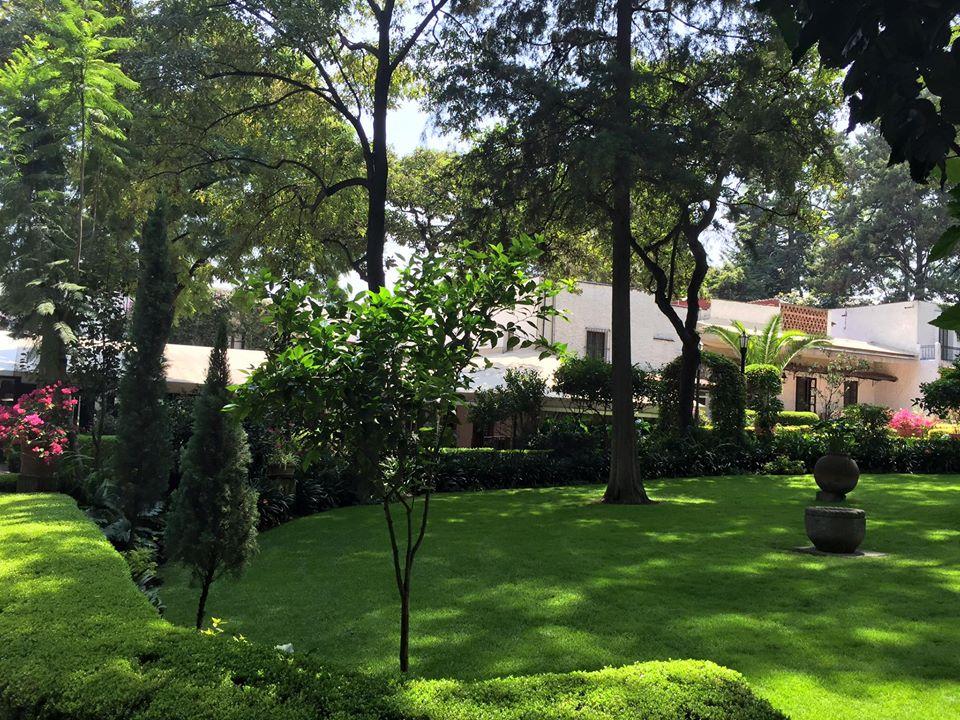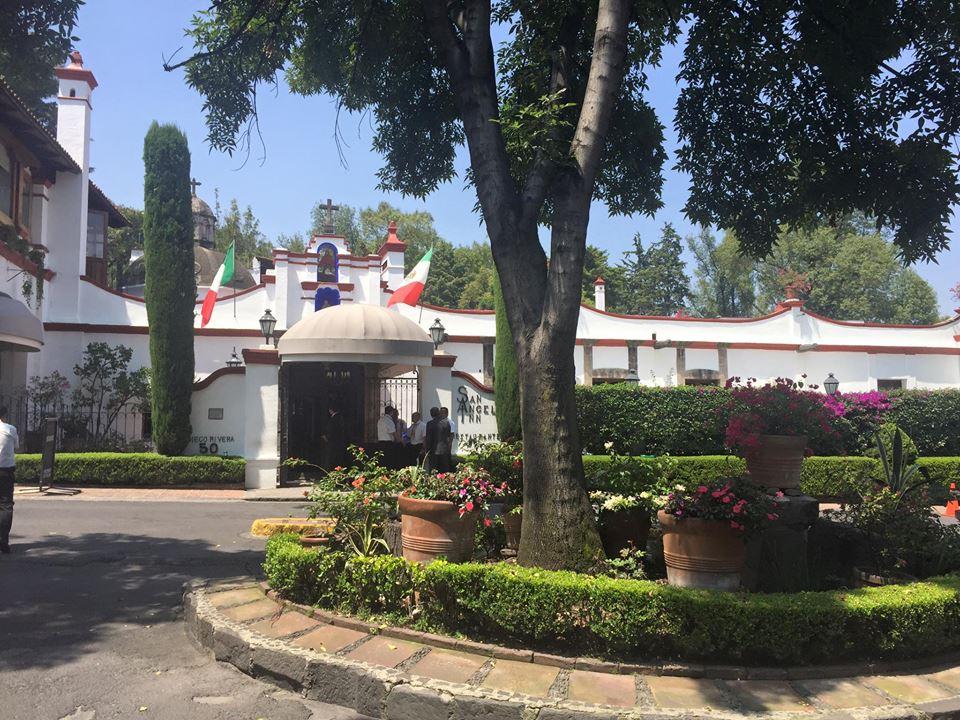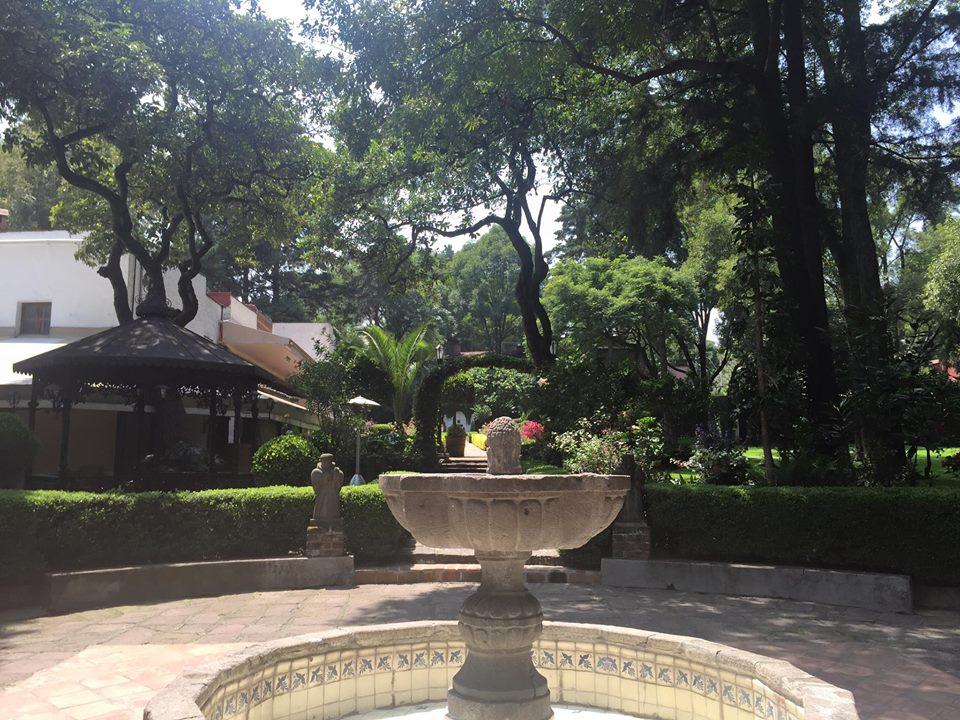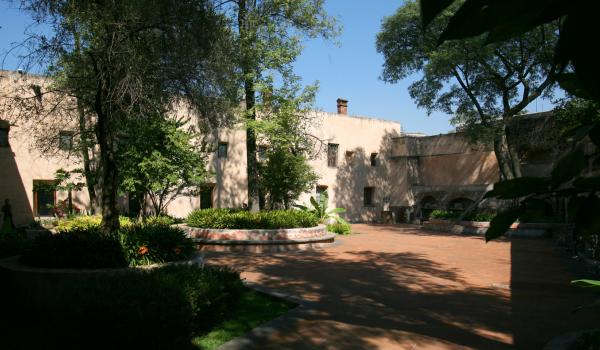Villa Álvaro Obregón
Historical Monuments Zone
Abstract
Villa Álvaro Obregón was a settlement of indigenous groups who developed advanced cultural expressions and formed a part of the territory of Mexico-Tenochtitlan.
During the pre-Hispanic period, Villa Álvaro Obregón belonged to the town of Tenanitla. After the Conquest it fell under the administration of Coyoacán. The first religious order to arrive in the zone was the Dominicans, who built a church dedicated to San Jacinto.
In the mid-16th century, a group of Carmelite monks settled in the town of Chimalistac, where they built the El Carmen Monastery; they also set up a number of ranches and haciendas in the zone. In 1932, by decree of President Pascual Ortiz Rubio, who governed Mexico between 1930 and 1932, this villa located to the west of the Federal District (today México City) was named Álvaro Obregón.
Villa Álvaro Obregón preserves a significant portion of the original 16th-century layout. The architectural development of the zone from the 18th century, while recording the influence of several different styles, is also characterized by the construction of various kinds of civil and religious buildings that have been adapted to the inhabitants’ way of life.
Meanwhile, the use of local materials—and the involvement of workers who were bearers of a cultural tradition that dates back to the pre-Hispanic period—led to the singular architecture found in this zone. In the 18th and 19th centuries buildings were constructed that are notable expressions of Neoclassical, Neo-Gothic and Eclectic architecture.
As a result of the original expression of its architectural monuments and urban spaces, as well as the fusion of Indigenous and European elements, Villa Álvaro Obregón was declared a Zone of Historical Monuments in 1986. This zone, divided into perimeters A and B, comprises an area of 1.7 km2 and is made up of 130 blocks containing buildings of historical and architectural interest.
Notable among these buildings are: the former churches and monasteries of El Carmen and San Jacinto, the church of Guadalupe and the chapel of San Sebastián Mártir in Chimalistac. Other significant civilian buildings are the former hacienda of Goicoechea, the Casa del Mirador del Risco and the Isidro Fabela Library; together with buildings intended for public service and embellishment such as the former Town Hall and the plazas of San Jacinto, Del Carmen, De los Arcángeles, the Tagle Park, the gardens of La Bombilla, Del Arte, San Luis Potosí and the Paseo del Río path along the former bed of the Magdalena river.
Templo de San Jacinto
16th-century building. It began as a modest chapel or hermitage. In the late 16th century, the Dominicans started constructing the temple, which in 1596 was dedicated to Saint Hyacinth (San Jacinto). The church and its altars were restored between 1898 and 1913.
Templo de San Jacinto
16th-century building. It began as a modest chapel or hermitage. In the late 16th century, the Dominicans started constructing the temple, which in 1596 was dedicated to Saint Hyacinth (San Jacinto). The church and its altars were restored between 1898 and 1913.
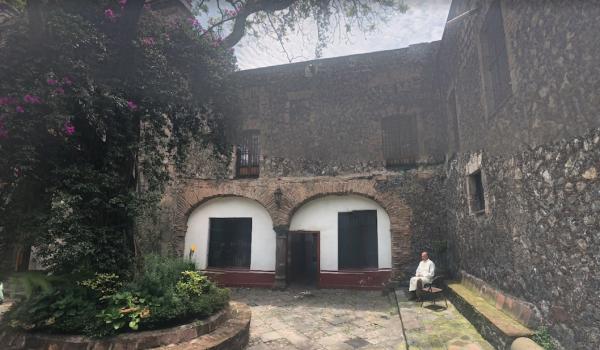
Ex Convento de San Jacinto
17th-century building, formerly a Dominican convent until 1754. It is currently the headquarters of the VI Episcopal Vicariate of the Archdiocese of Mexico.
Ex Convento de San Jacinto
17th-century building, formerly a Dominican convent until 1754. It is currently the headquarters of the VI Episcopal Vicariate of the Archdiocese of Mexico.
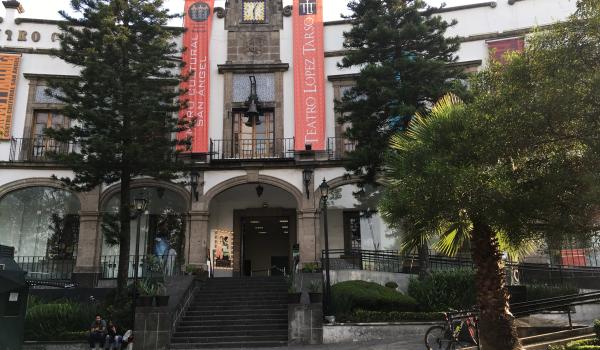
Antiguo Palacio Municipal
19th-century building, constructed by architect Enrique Aragón Echegaray. In January 1987, it was restored to become the San Ángel Cultural Center.
Antiguo Palacio Municipal
19th-century building, constructed by architect Enrique Aragón Echegaray. In January 1987, it was restored to become the San Ángel Cultural Center.

Casa del Risco
17th-century building, attributed to master builder Joseph Eduardo de Herrera, who inherited and converted the estate into a residence. In 1847, after the Battle of Padierna, the South Carolina Battalion of the U.S. Army occupied the building for several months, housing over 700 men.
Casa del Risco
17th-century building, attributed to master builder Joseph Eduardo de Herrera, who inherited and converted the estate into a residence. In 1847, after the Battle of Padierna, the South Carolina Battalion of the U.S. Army occupied the building for several months, housing over 700 men. Its last owner, politician Isidro Fabela Alfaro, donated it to the people of Mexico along with the Historical Archive in October 1958. Between 1963 and 1988, it operated as a site museum, and in June 1991, it reopened with a new museography.
Parroquia de San Sebastián Mártir
16th-century chapel built by the Discalced Carmelite Order under the dedication of Saint Sebastian Martyr. The building remained in service until the Laws of Reform were enacted, after which it was abandoned.
Parroquia de San Sebastián Mártir
16th-century chapel built by the Discalced Carmelite Order under the dedication of Saint Sebastian Martyr. The building remained in service until the Laws of Reform were enacted, after which it was abandoned. In 1918, it was whitewashed for its appearance in the film "Santa," based on the novel by Federico Gamboa. In 1939, a neighborhood committee was formed to restore the chapel. The current altarpiece originates from the Church of La Piedad, which was demolished in July 1935.
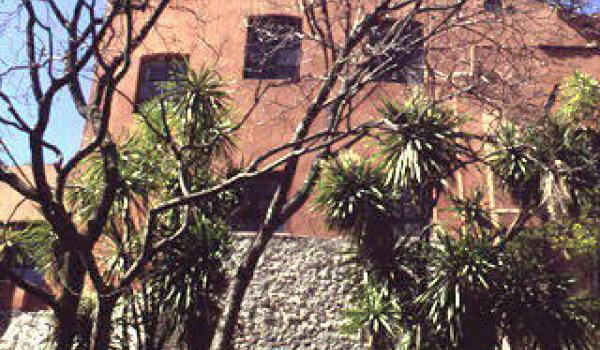
Antigua Hacienda de Belén de las Flores
18th-century building. In the 16th century, the mills belonged to Hernán Cortés. By 1742, they were awarded to the Society of Jesus for the new missions of the Province of the Philippine Islands. After the confiscation of the Jesuit properties in 1771, the property was auctioned.
Antigua Hacienda de Belén de las Flores
18th-century building. In the 16th century, the mills belonged to Hernán Cortés. By 1742, they were awarded to the Society of Jesus for the new missions of the Province of the Philippine Islands. After the confiscation of the Jesuit properties in 1771, the property was auctioned. After passing through various owners, it became a paper mill due to the area's natural conditions, including large waterfalls that provided immense hydraulic power. In 1910, the factory was acquired by the federal government. By 1954, it housed offices of the Ministry of Communications and Public Works (SCOP) and included a museum. Today, it is home to the Federal Police Museum.

Centro Cultural Helénico
16th-century building. In 1973, a cultural center was established thanks to the initiative of Orthodox Bishop Pablo de Ballester. The center consists of a cloister, chapel, theater, and grotto. It is believed that the cloister and chapel originated in Spain and were taken to the U.S.
Centro Cultural Helénico
16th-century building. In 1973, a cultural center was established thanks to the initiative of Orthodox Bishop Pablo de Ballester. The center consists of a cloister, chapel, theater, and grotto. It is believed that the cloister and chapel originated in Spain and were taken to the U.S. by William Randolph. The pieces were in New York until Nicolás González acquired them and brought them to Mexico.
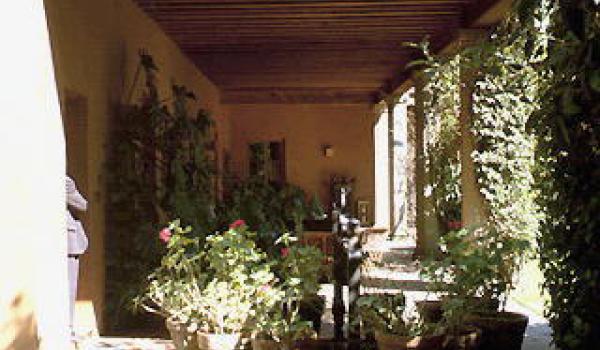
Casa de Federico Gamboa
18th-century building. It is a mansion that houses the collections of the Centro de Estudios de Historia de México CONDUMEX. Built at the end of the 17th century, it originally belonged to Juan de Guzmán Iztolonque.
Casa de Federico Gamboa
18th-century building. It is a mansion that houses the collections of the Centro de Estudios de Historia de México CONDUMEX. Built at the end of the 17th century, it originally belonged to Juan de Guzmán Iztolonque. Later, it was owned by a canon of the Metropolitan Cathedral and, in the mid-19th century, it served as the headquarters of the College of Theology of the Carmelite Fathers.
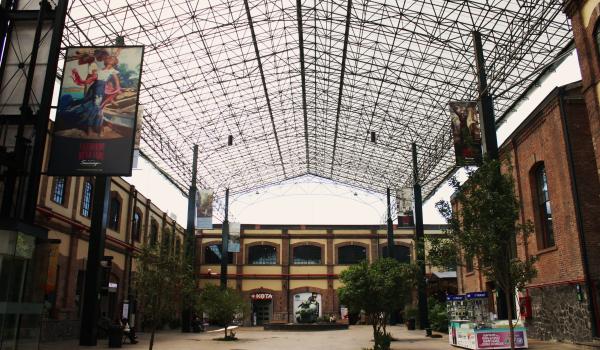
Plaza loreto
In 1525, Governor Hernán Cortés obtained permission to build water-powered flour mills. In 1604, a textile workshop was added for weaving woolen fabrics, and between 1640 and 1657, a paper mill with two vats was constructed. Over time, it was named the Molino de Nuestra Señora de Loreto.
Plaza loreto
In 1525, Governor Hernán Cortés obtained permission to build water-powered flour mills. In 1604, a textile workshop was added for weaving woolen fabrics, and between 1640 and 1657, a paper mill with two vats was constructed. Over time, it was named the Molino de Nuestra Señora de Loreto. In 1905, a fire destroyed much of the factory and its facilities (including worker quarters, a store, alfalfa fields, magueyes, a garden, water intake, and aqueduct). In 1907, paper production resumed until 1986 when the site was repurposed for commercial and residential use.
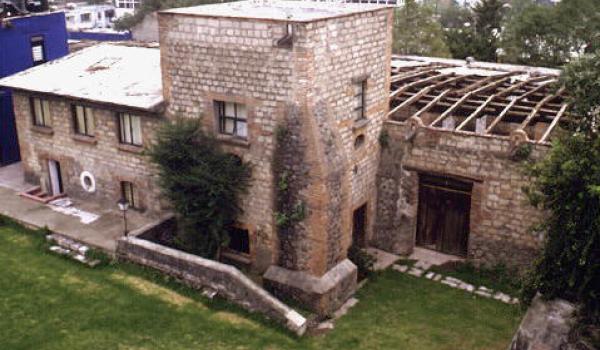
Troje de Santa Rosa
17th-century building, known as the Old Santo Domingo Mill. This structure, originally dedicated to milling and paper production, is a significant example of industrial architecture of its time.
Troje de Santa Rosa
17th-century building, known as the Old Santo Domingo Mill. This structure, originally dedicated to milling and paper production, is a significant example of industrial architecture of its time. Over the centuries, it has undergone various changes in use and transformations, adapting to the needs of each era.
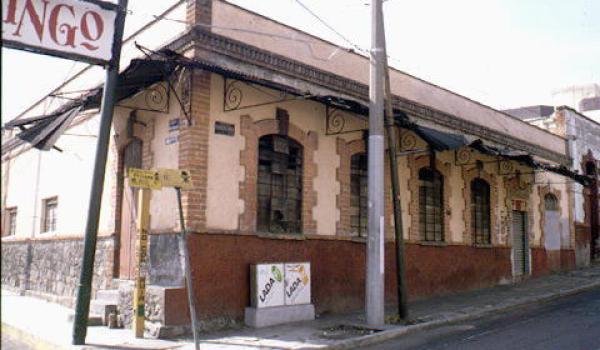
Estación de Ferrocarril
19th-century building.
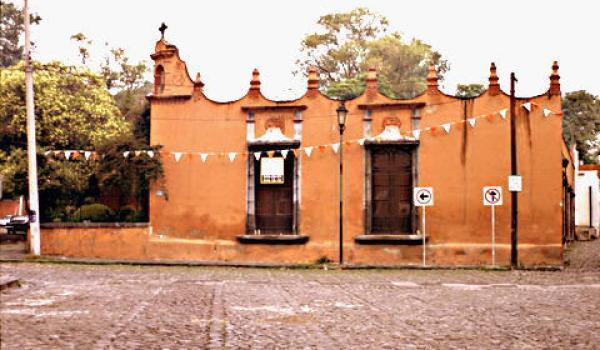
Casa del Obispo "Galería de Arte Popular Mexicano"
17th-century building. In the first half of the 20th century, it operated as a school named Tenanitla.
Casa del Obispo "Galería de Arte Popular Mexicano"
17th-century building. In the first half of the 20th century, it operated as a school named Tenanitla.
Monumento Álvaro Obregón
Monument from the 20th century, built on the site of the former "La Bombilla" restaurant, where General Álvaro Obregón was assassinated. The project was designed by architect Enrique Aragón Echegaray.
n>
Monumento Álvaro Obregón
Monument from the 20th century, built on the site of the former "La Bombilla" restaurant, where General Álvaro Obregón was assassinated. The project was designed by architect Enrique Aragón Echegaray.
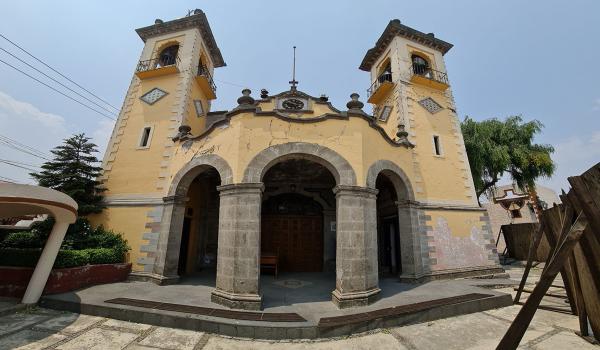
Templo de Santa Rosa de Lima
20th-century building, constructed between 1910 and 1930, with stylistic forms corresponding to the 19th century according to the design by architect José Luis Cuevas Pitrasanta and Reverend Rafael Checa. It features a Latin cross nave, dome, barrel vault with lunettes, choir, and sub-choir.
n>
Templo de Santa Rosa de Lima
20th-century building, constructed between 1910 and 1930, with stylistic forms corresponding to the 19th century according to the design by architect José Luis Cuevas Pitrasanta and Reverend Rafael Checa. It features a Latin cross nave, dome, barrel vault with lunettes, choir, and sub-choir. The façade includes an original tower on the right and a later addition on the left.
Antigua Hacienda Goicochea
In 1616, Hernando Aragonés built the first residence with an orchard. In 1776, Ramón Goicochea unified the properties into a 40-hectare hacienda. In 1906, the San Angel Land Company purchased the hacienda and subdivided it to establish a colony called Altavista.
Antigua Hacienda Goicochea
In 1616, Hernando Aragonés built the first residence with an orchard. In 1776, Ramón Goicochea unified the properties into a 40-hectare hacienda. In 1906, the San Angel Land Company purchased the hacienda and subdivided it to establish a colony called Altavista. The Jesuits used the facilities of the old hacienda from 1955 to 1961 for the Schools of Architecture, Design, and Art History at Universidad Iberoamericana. On June 13, 1963, the "Antiguo San Angel Inn" restaurant was inaugurated.


